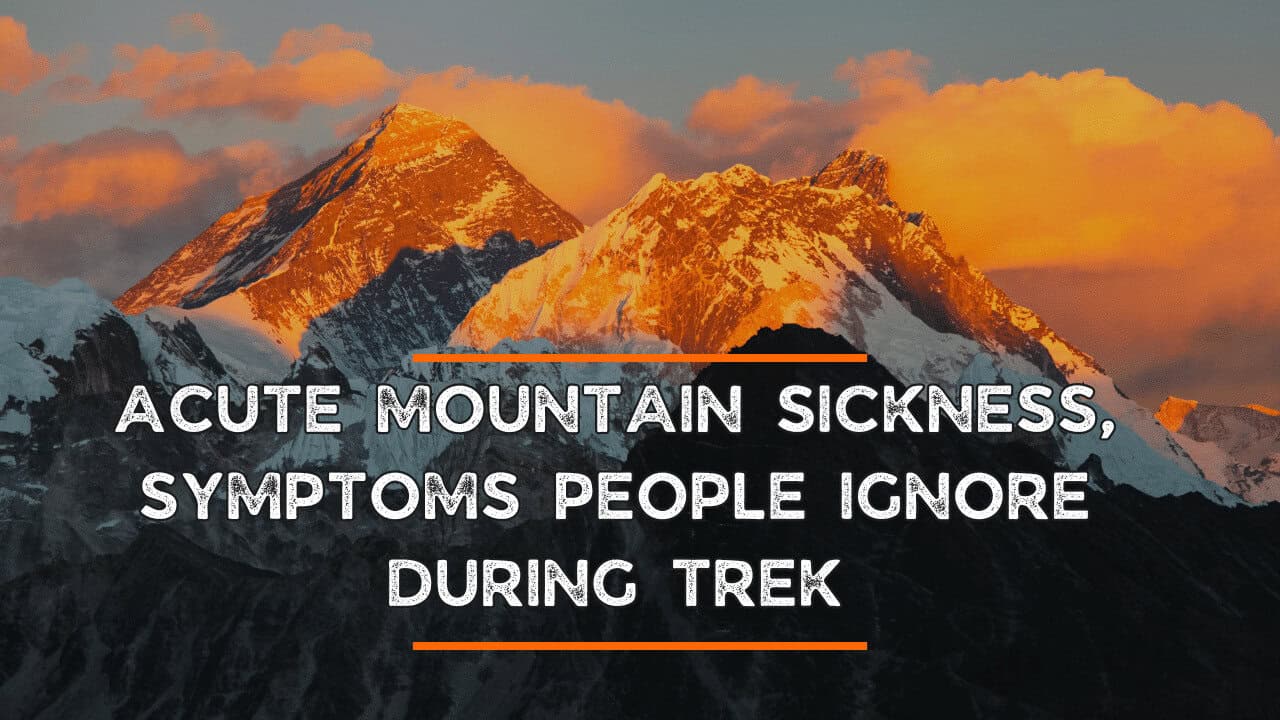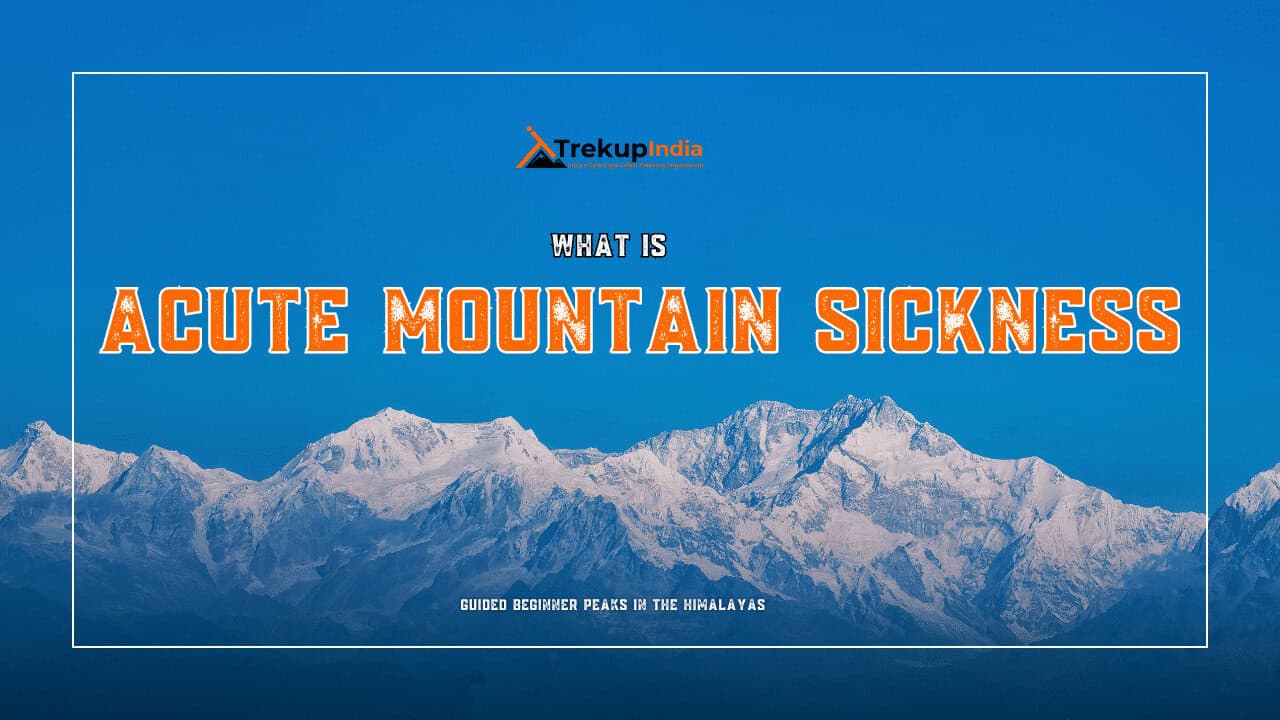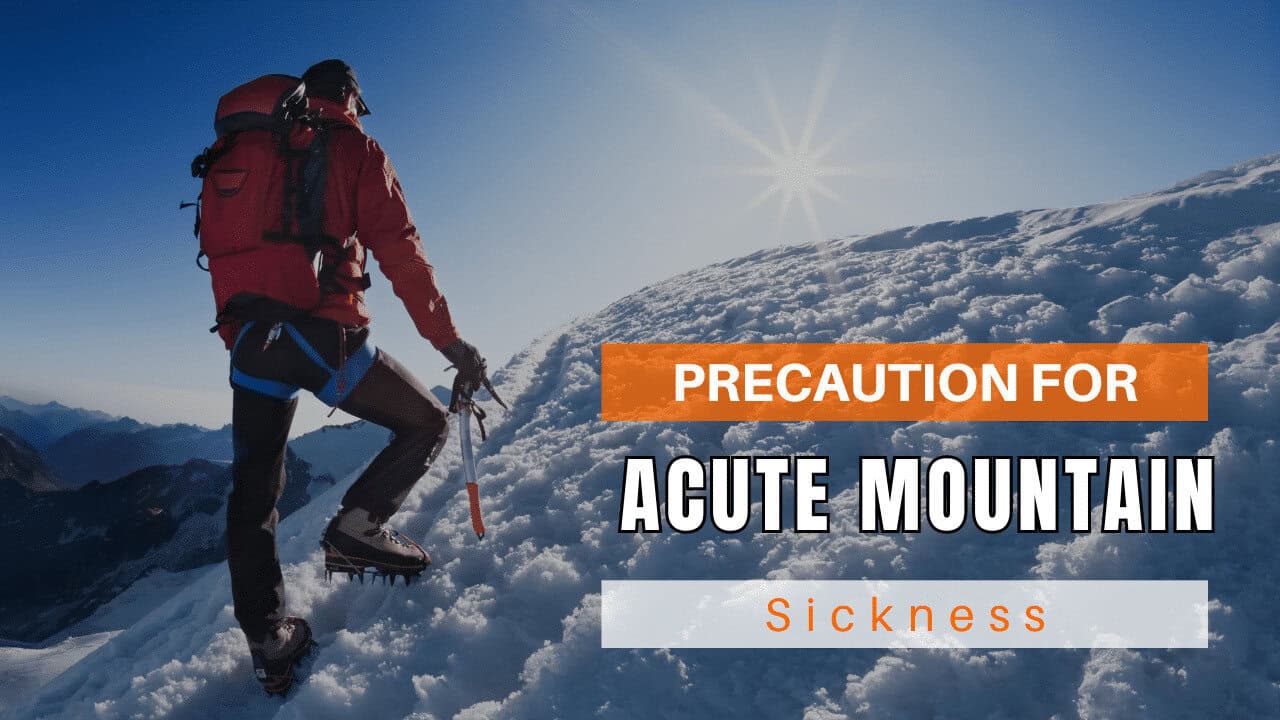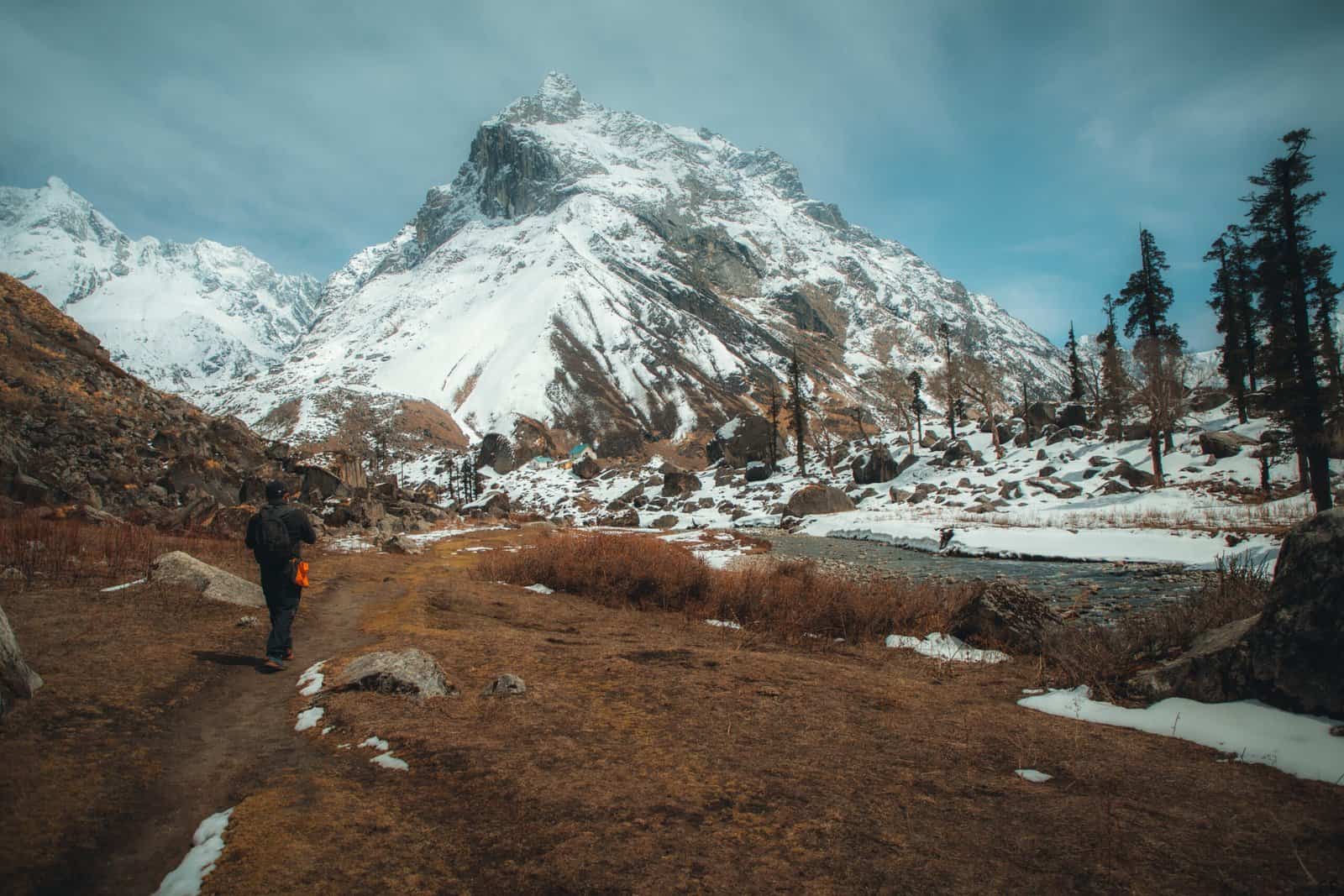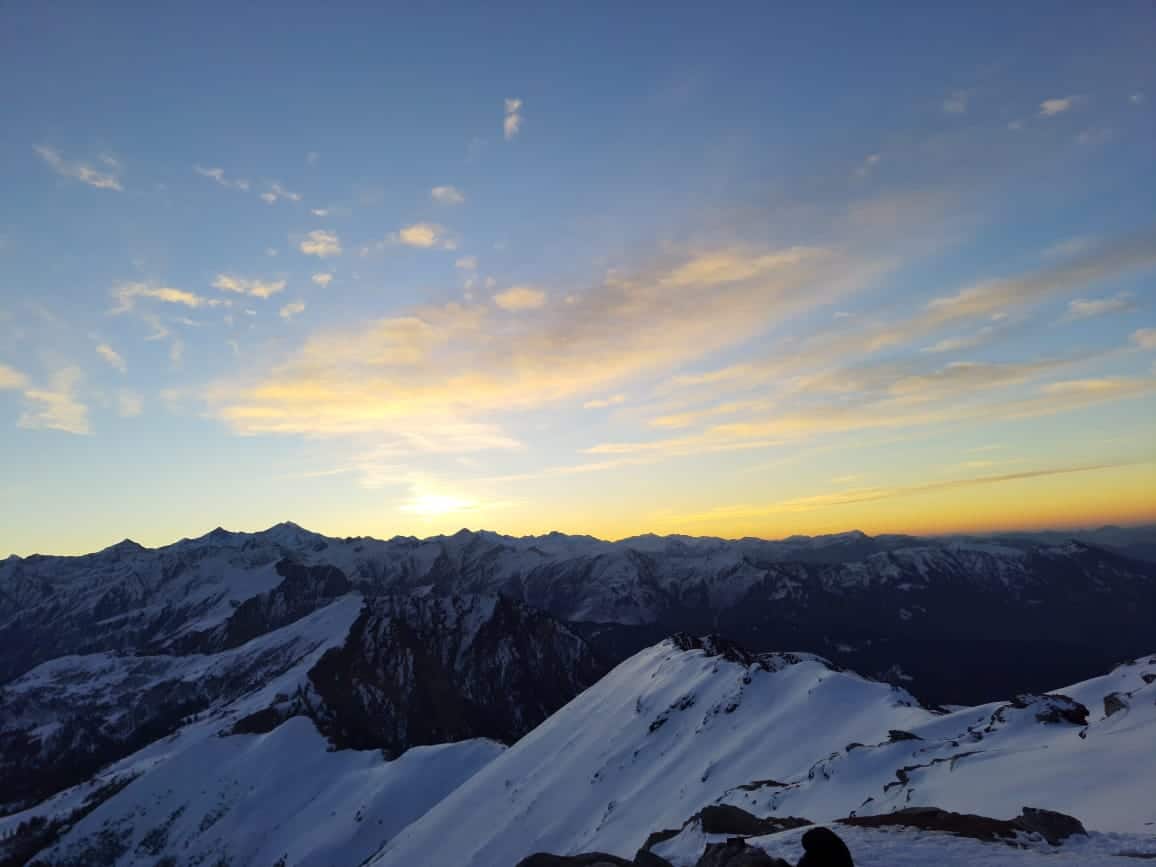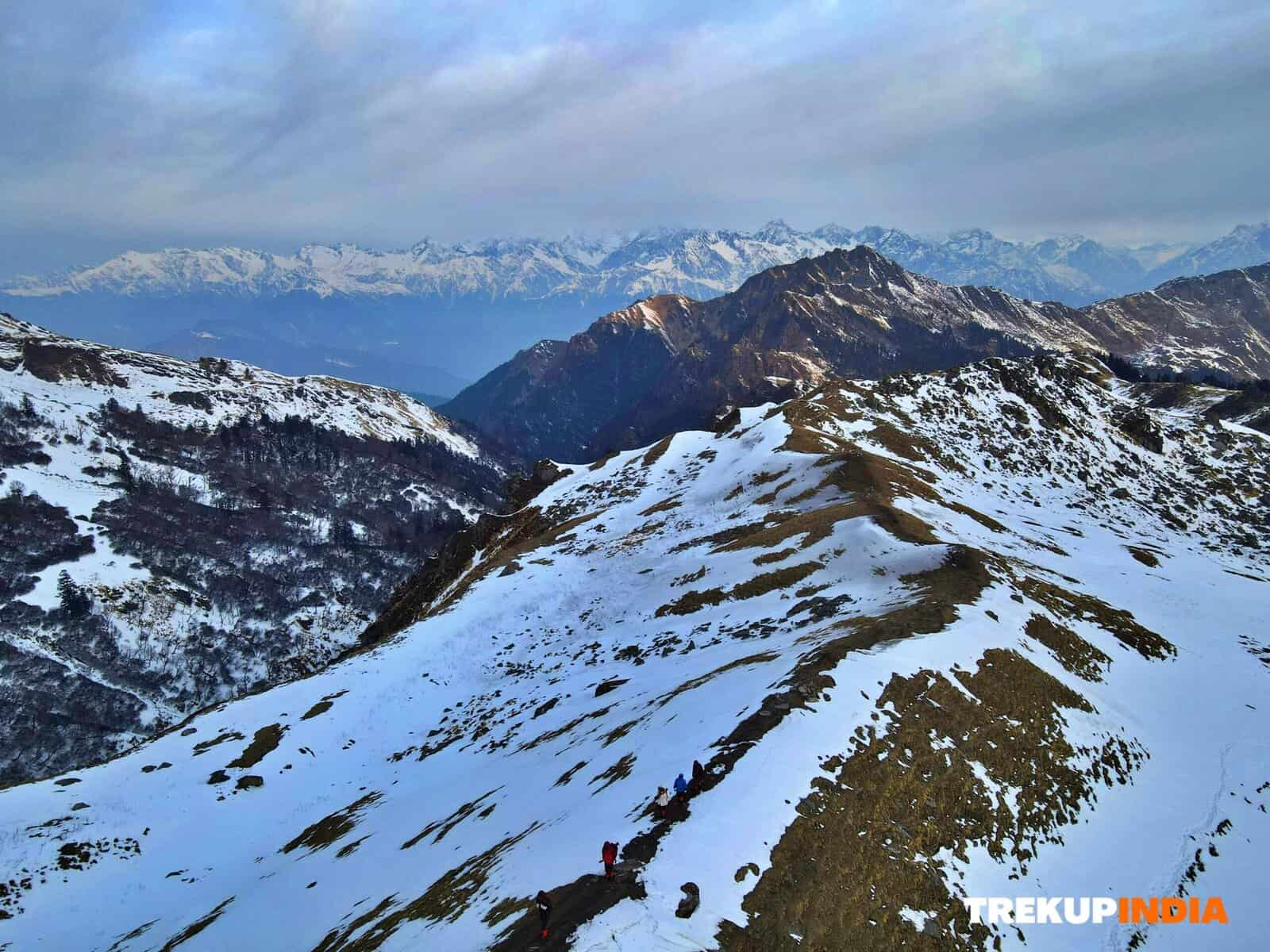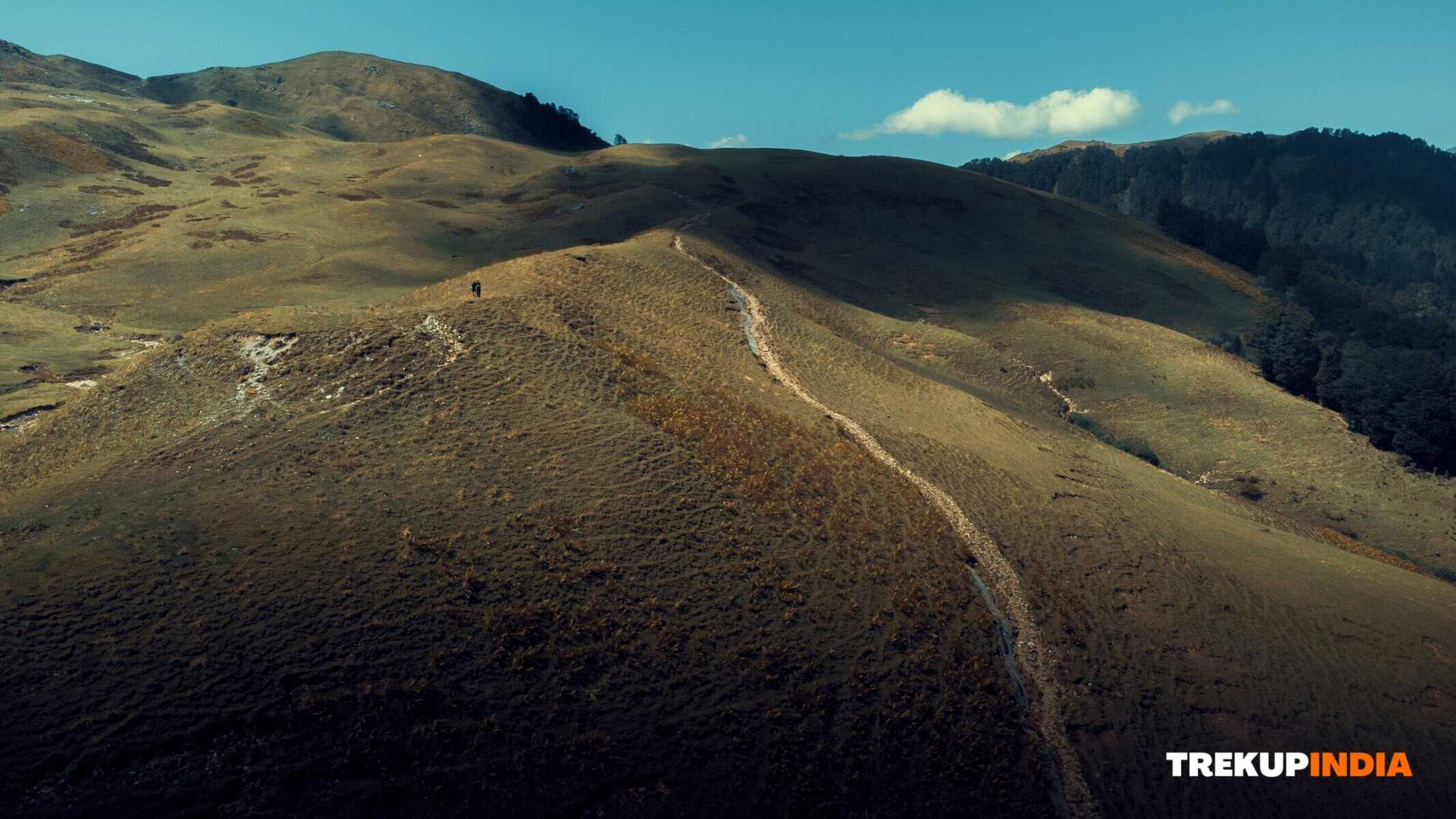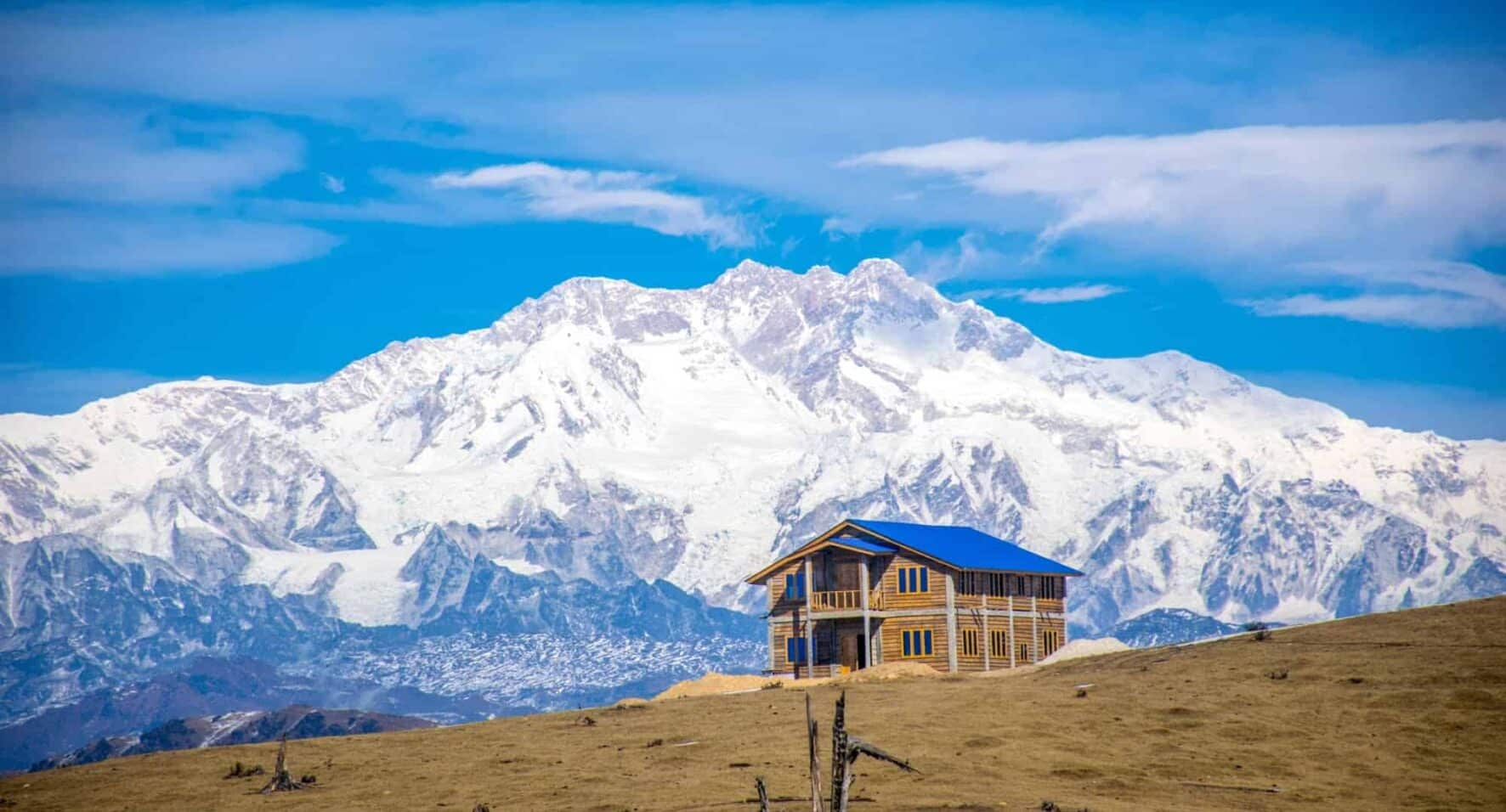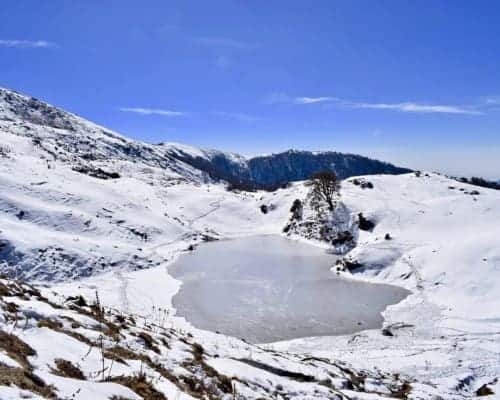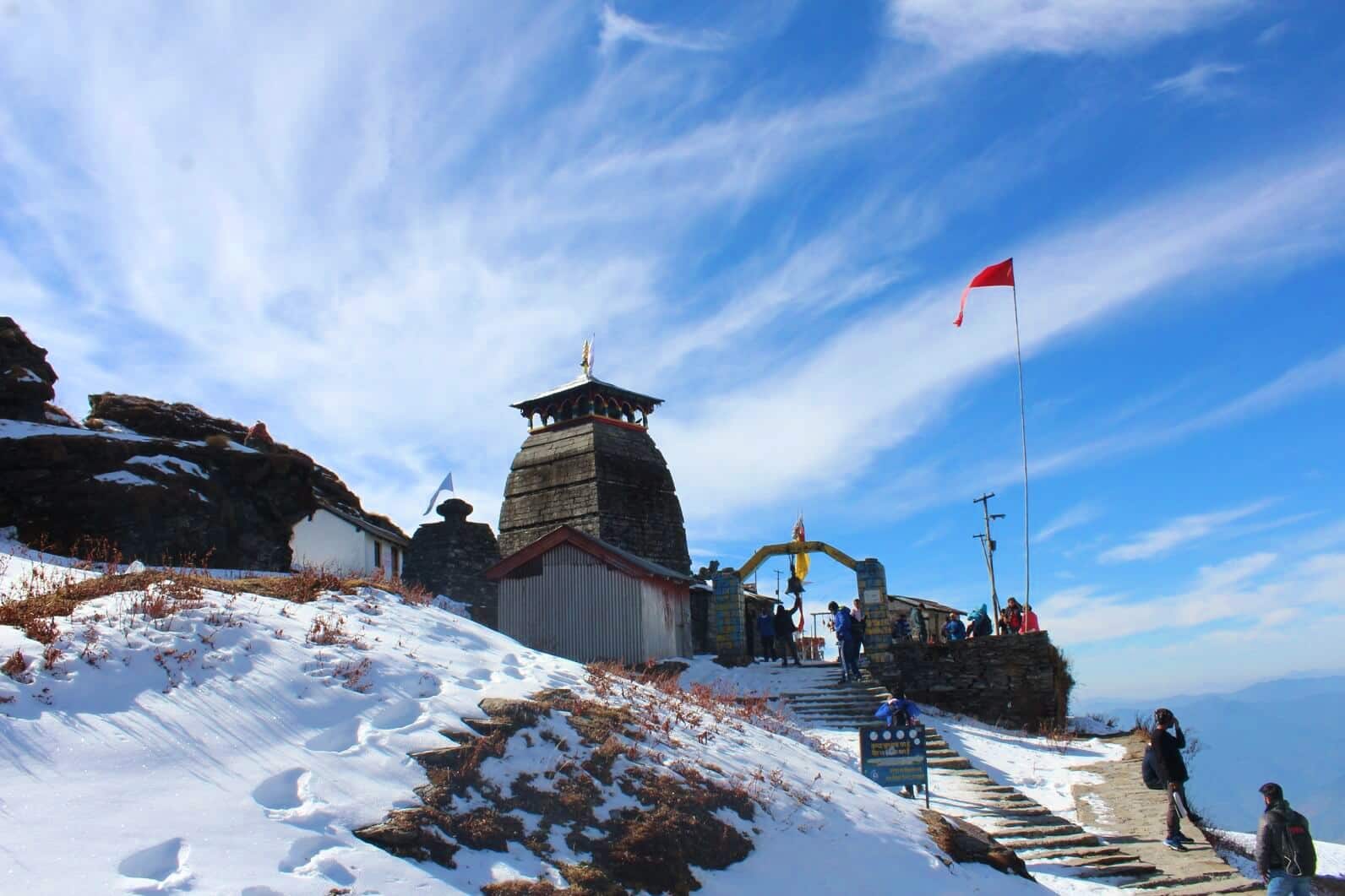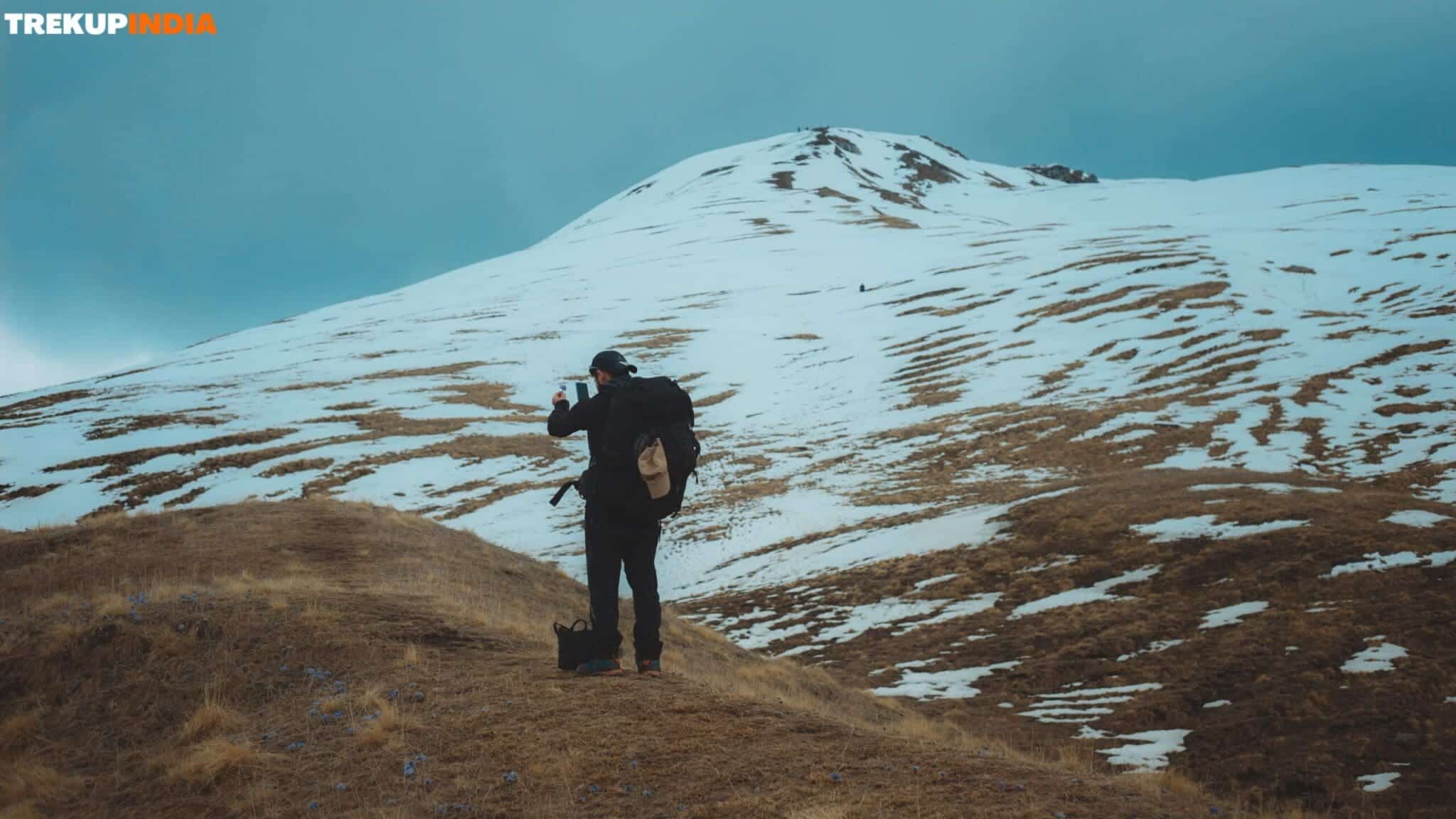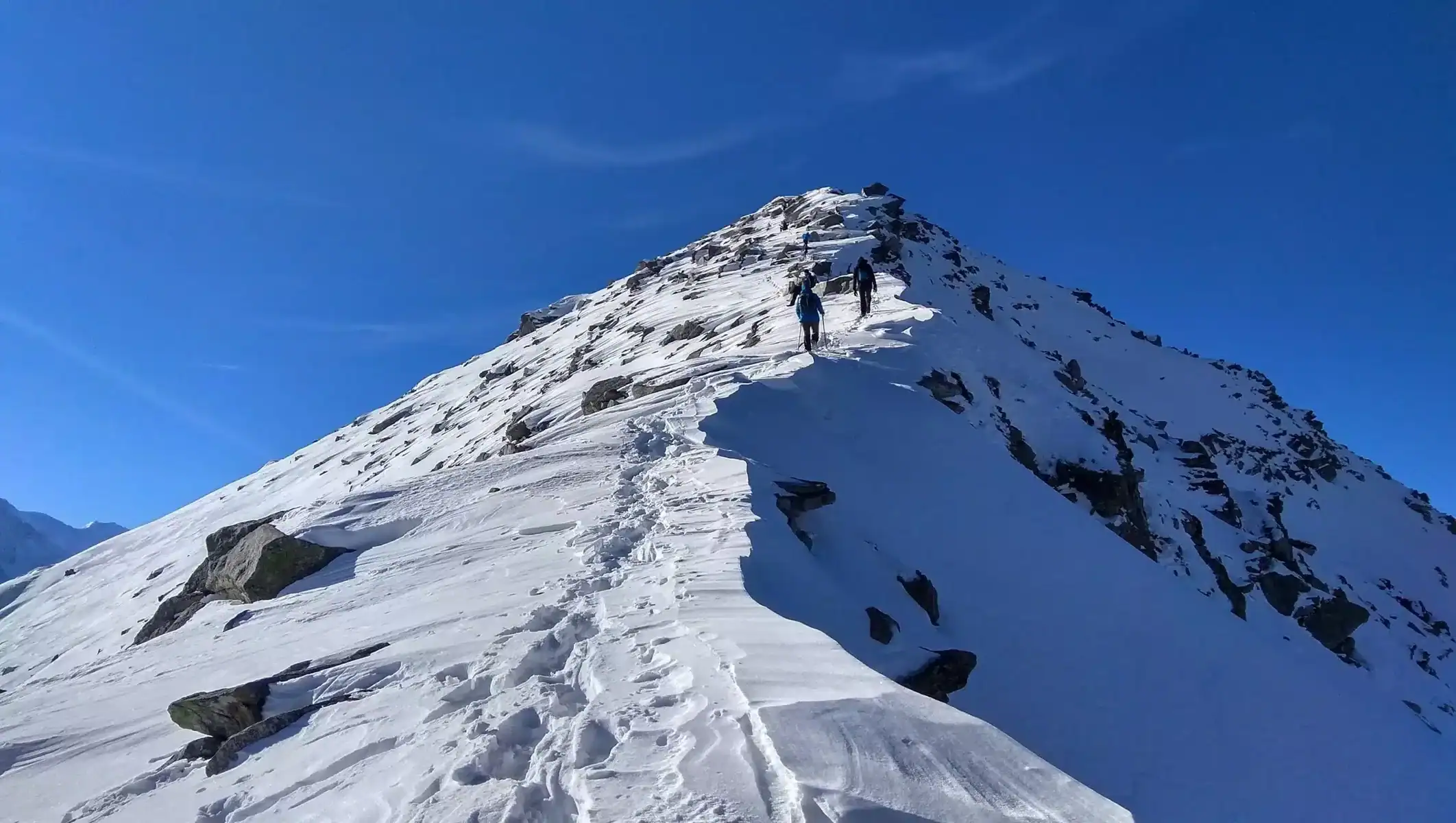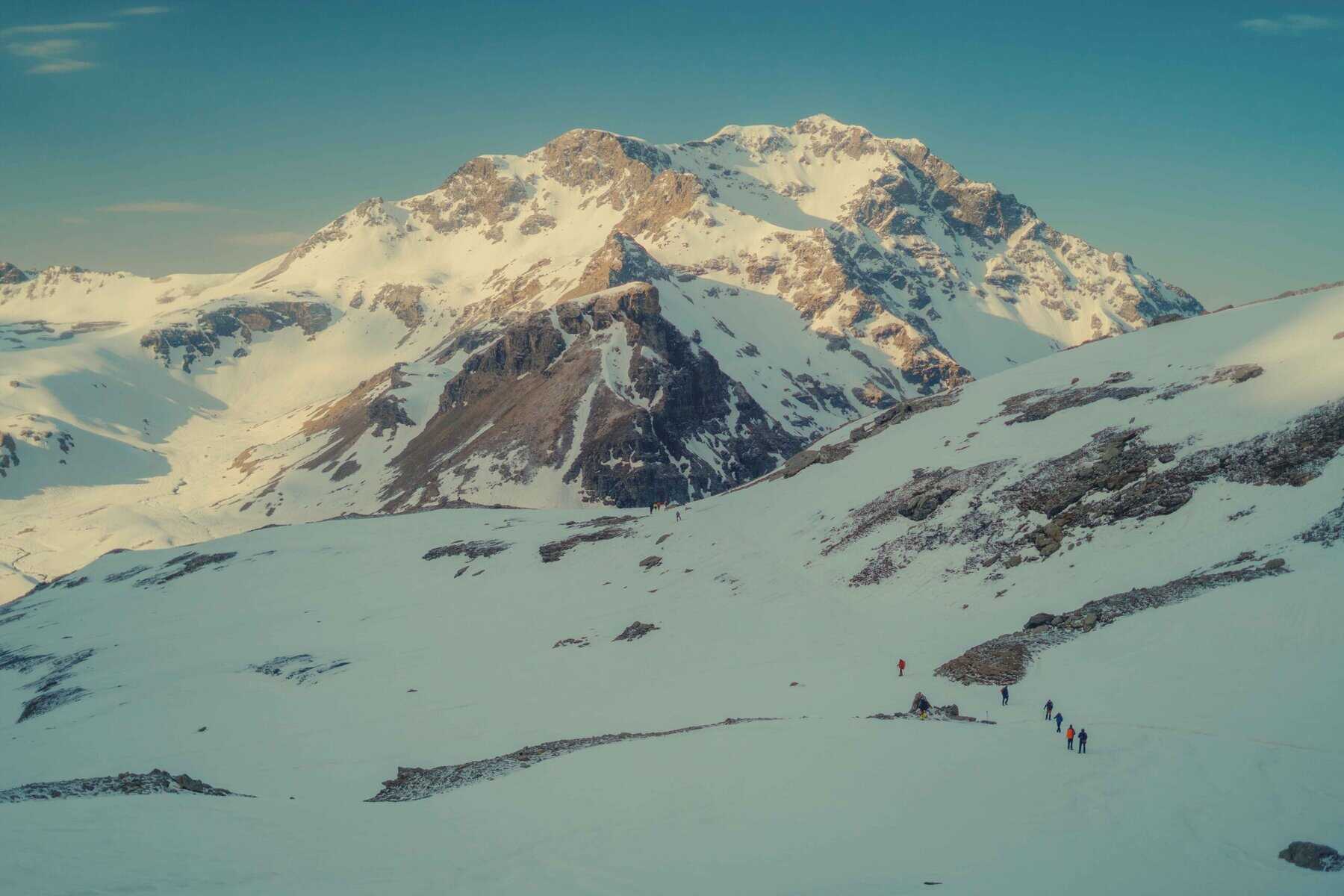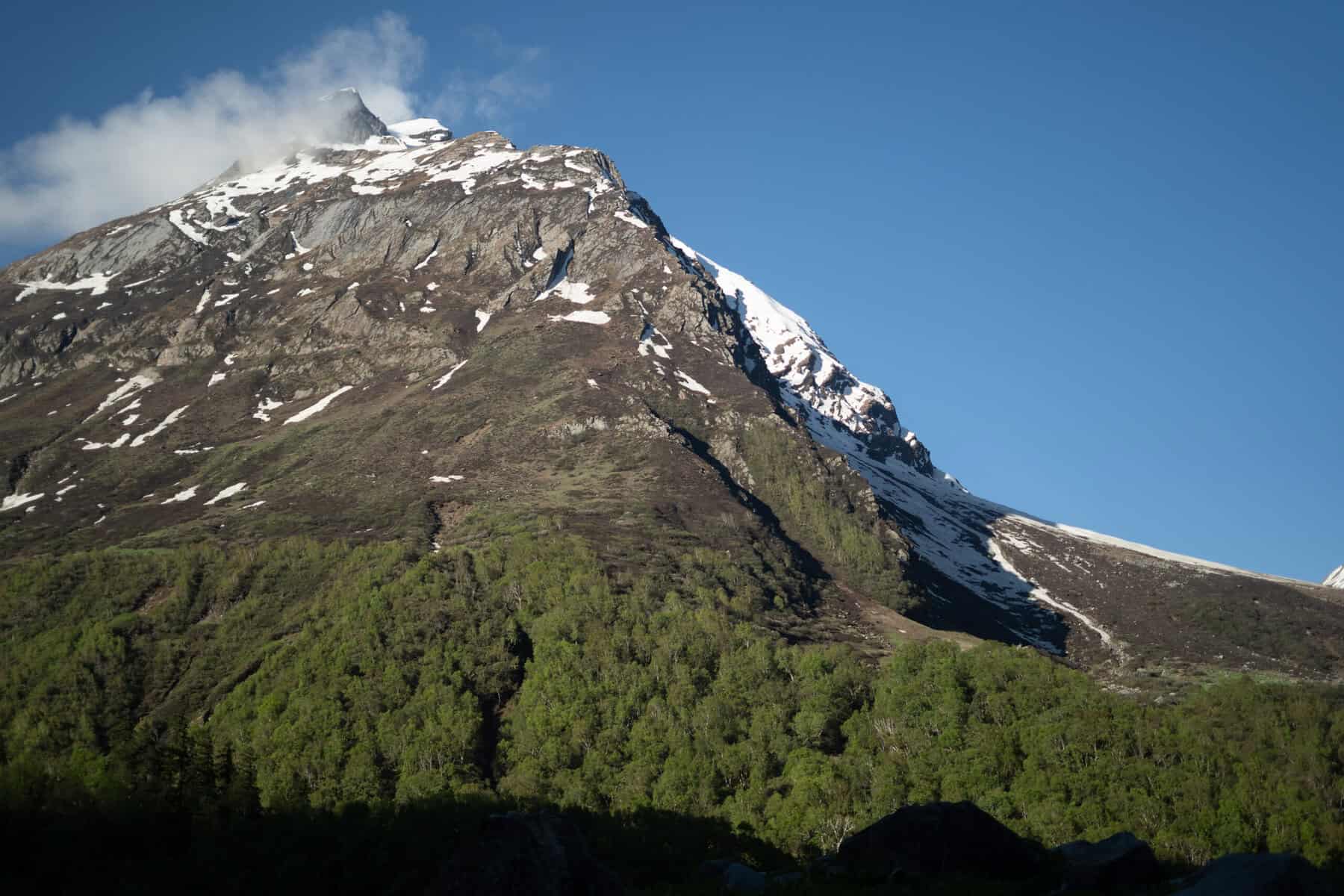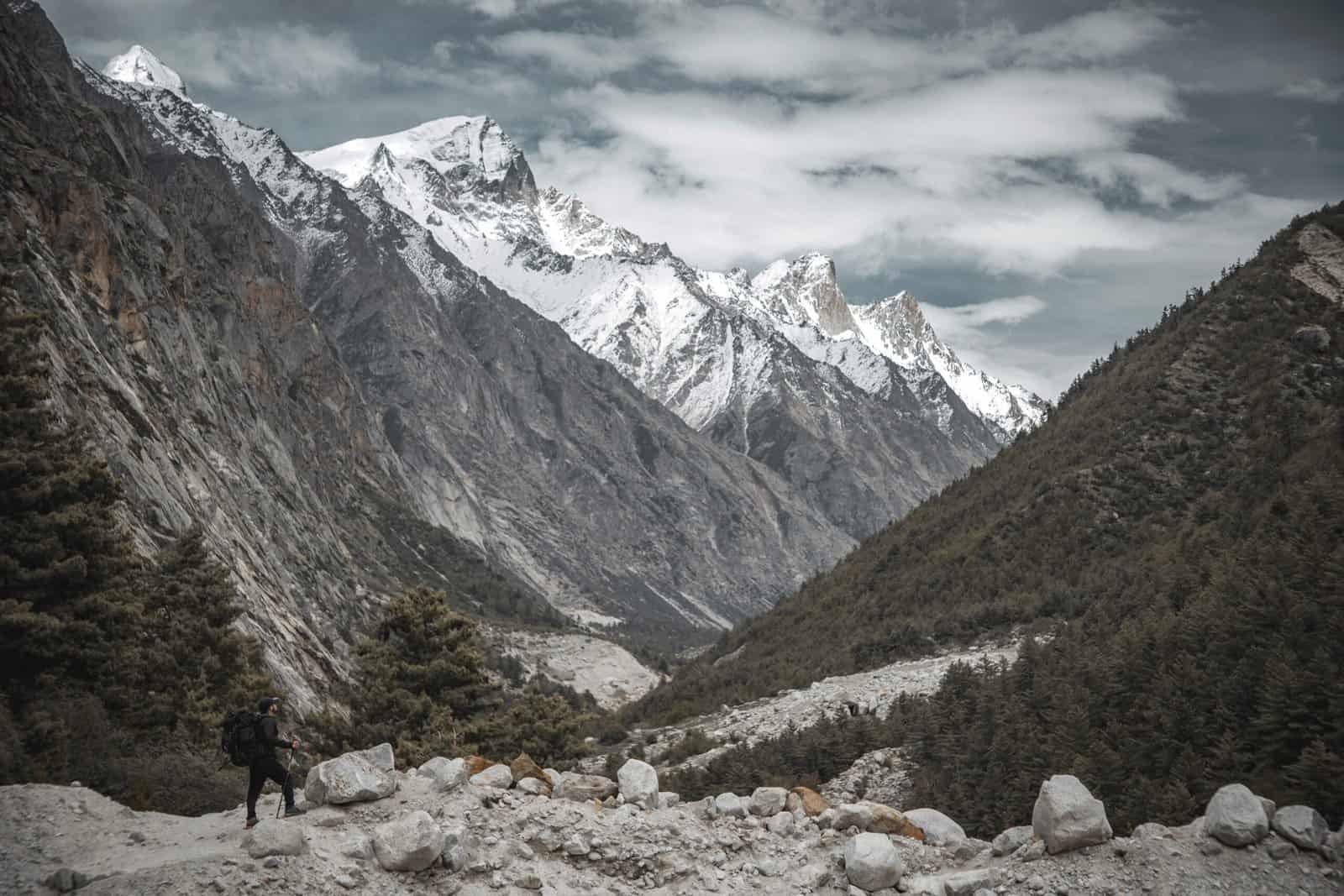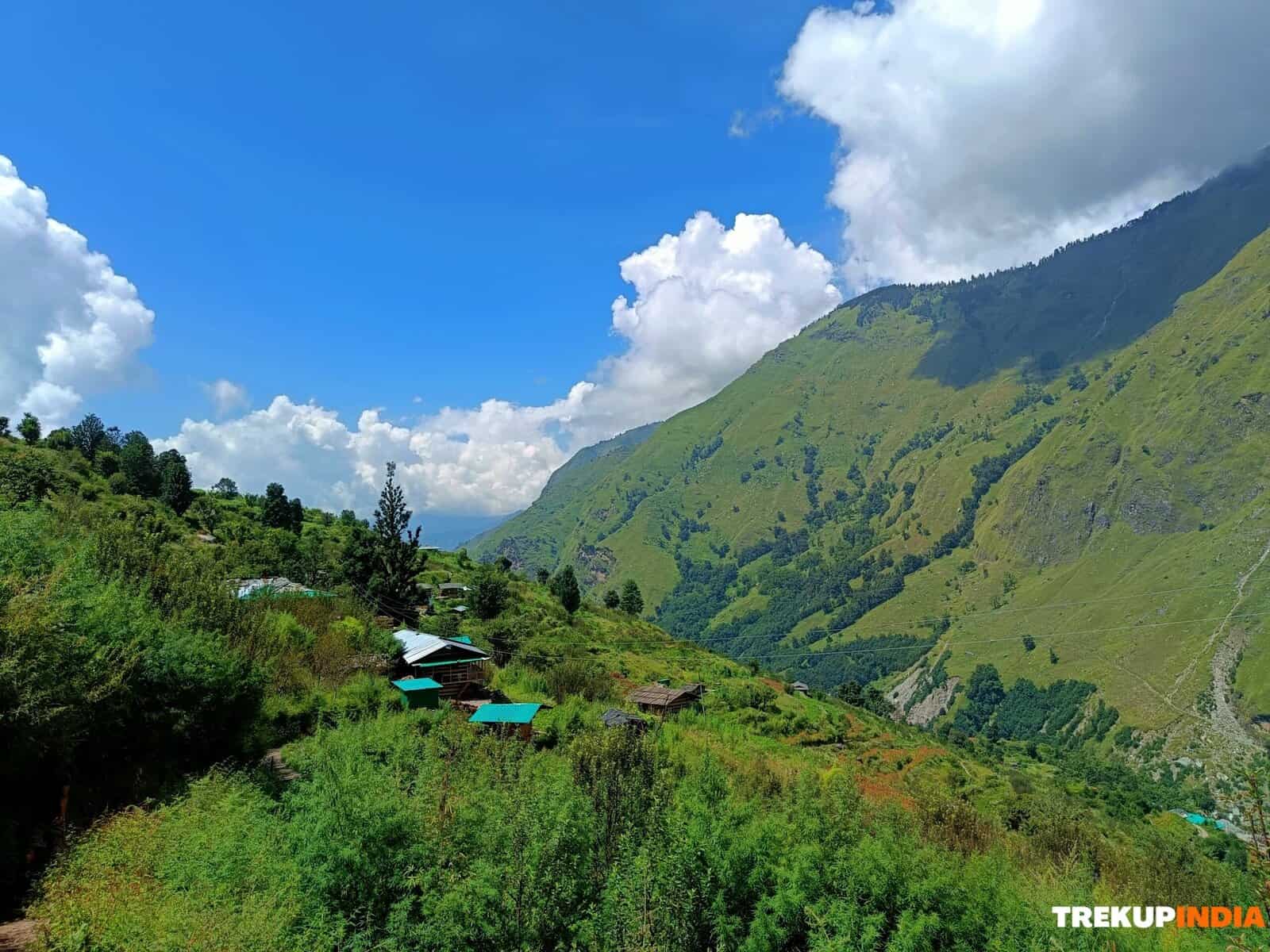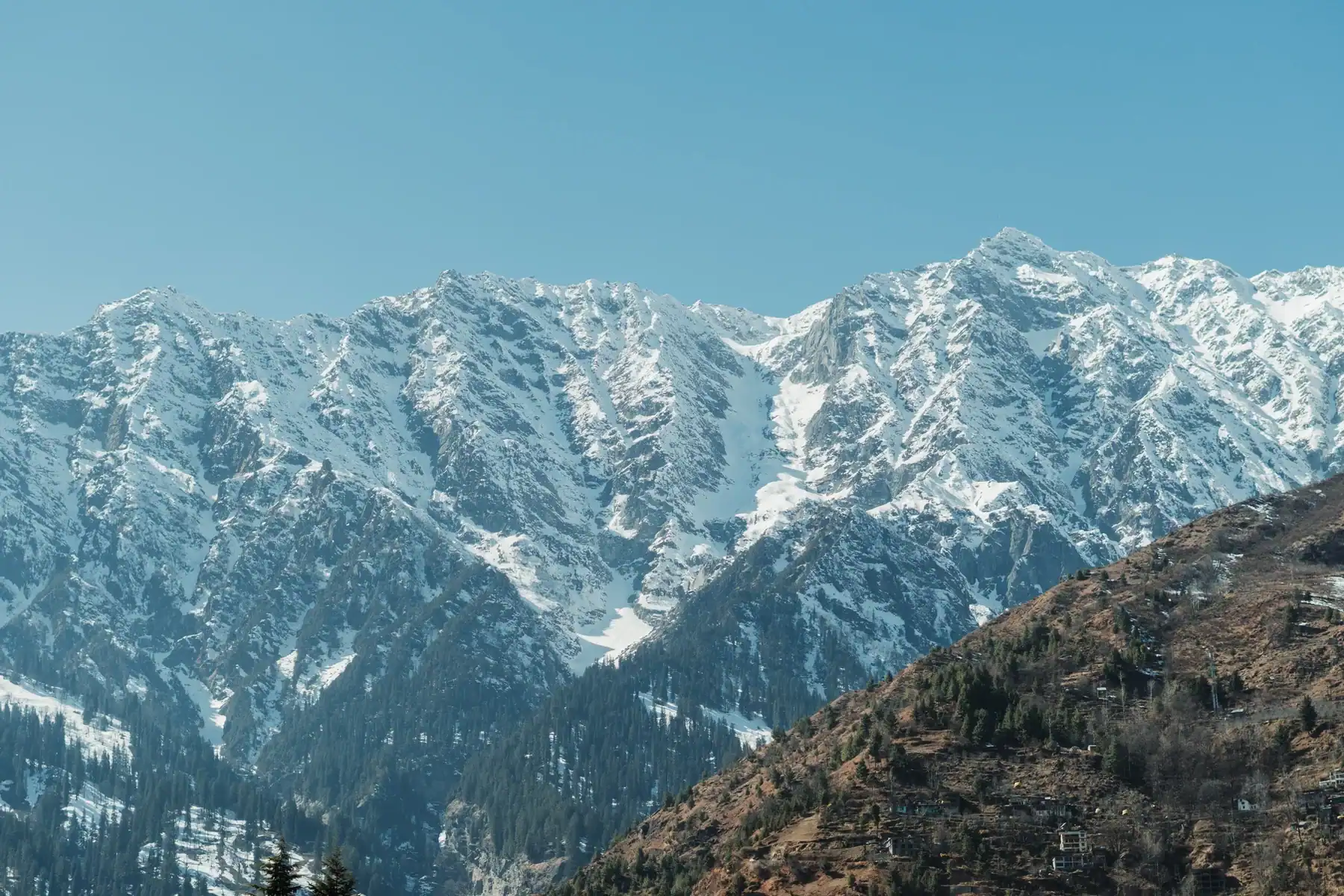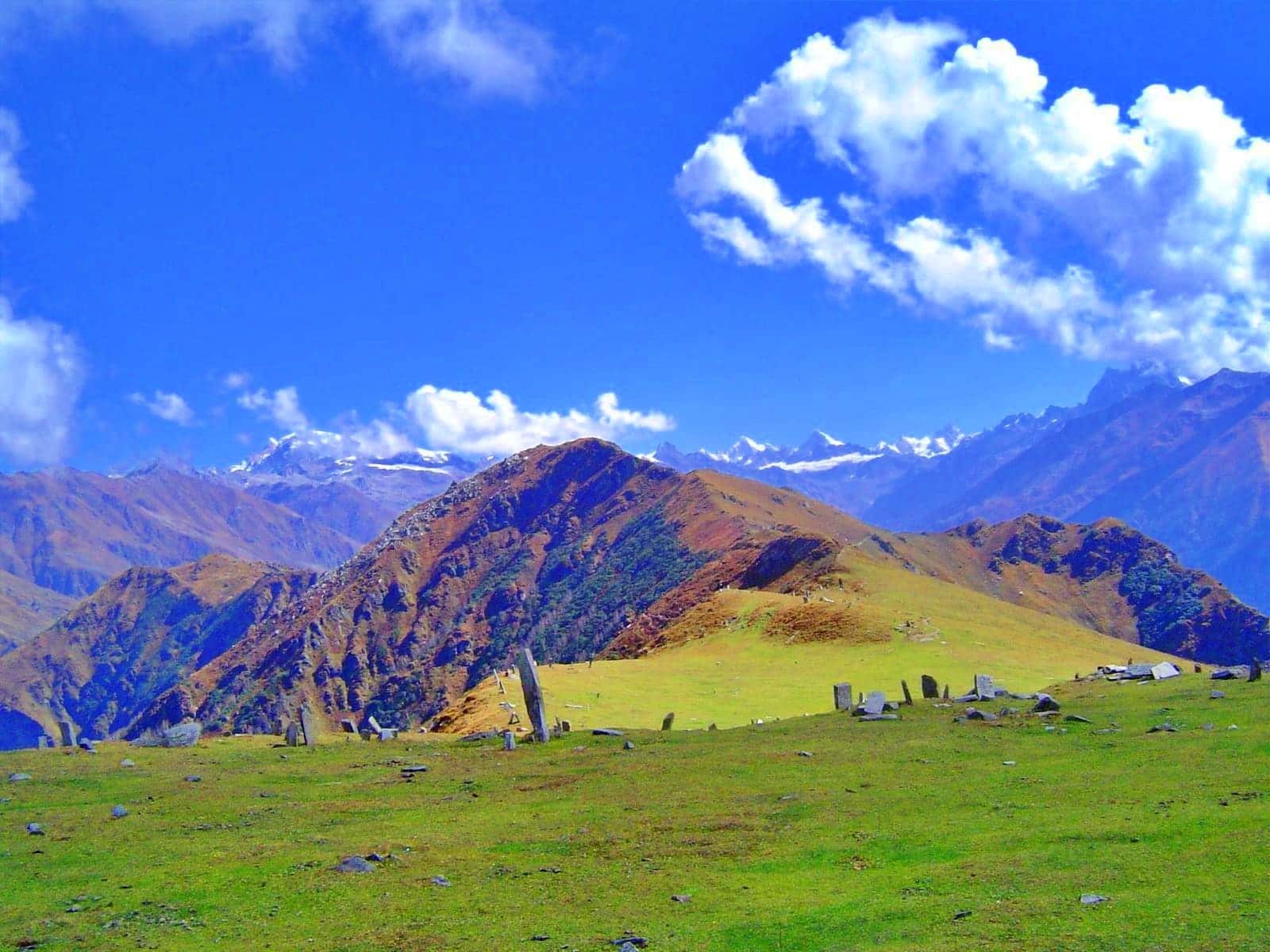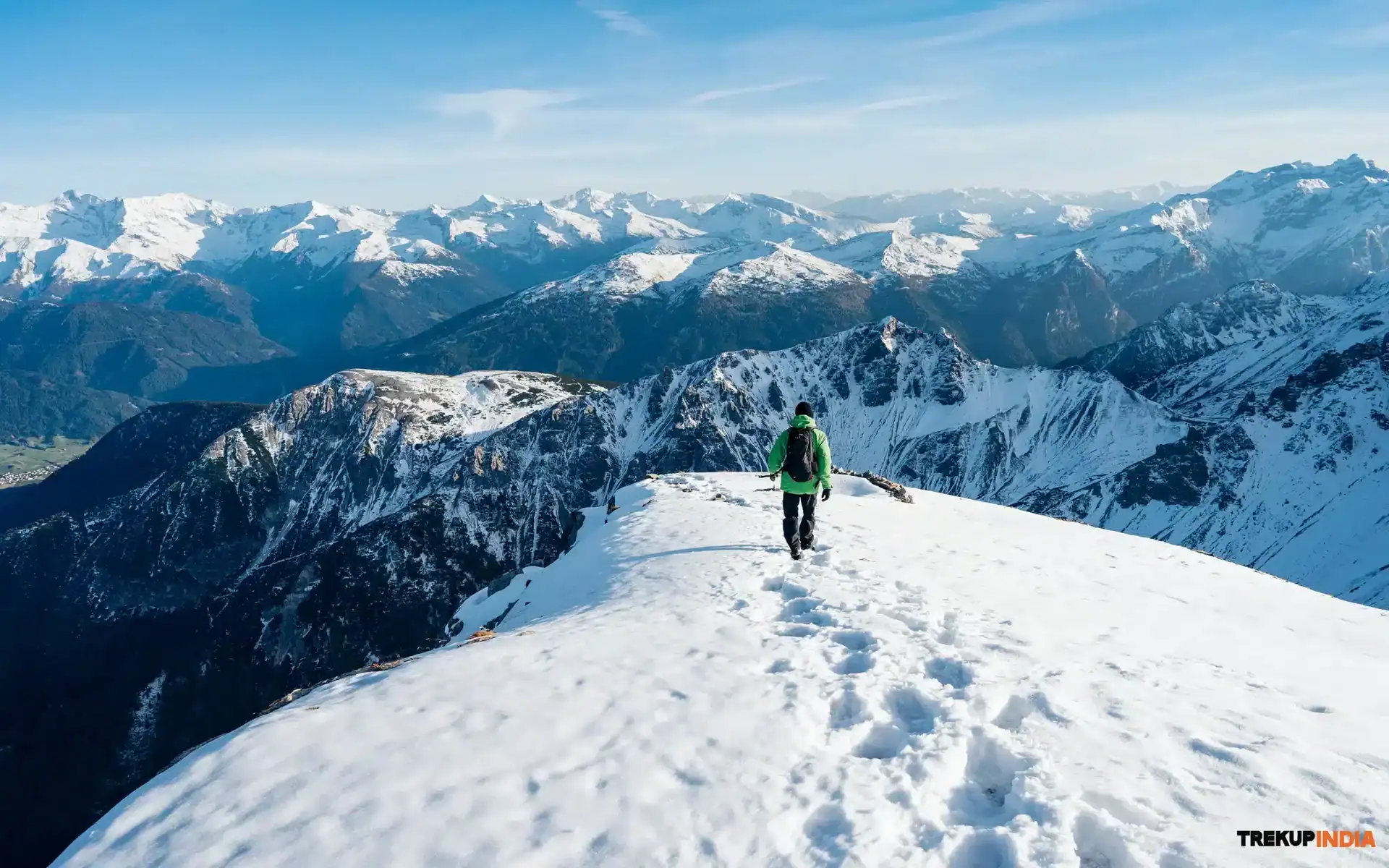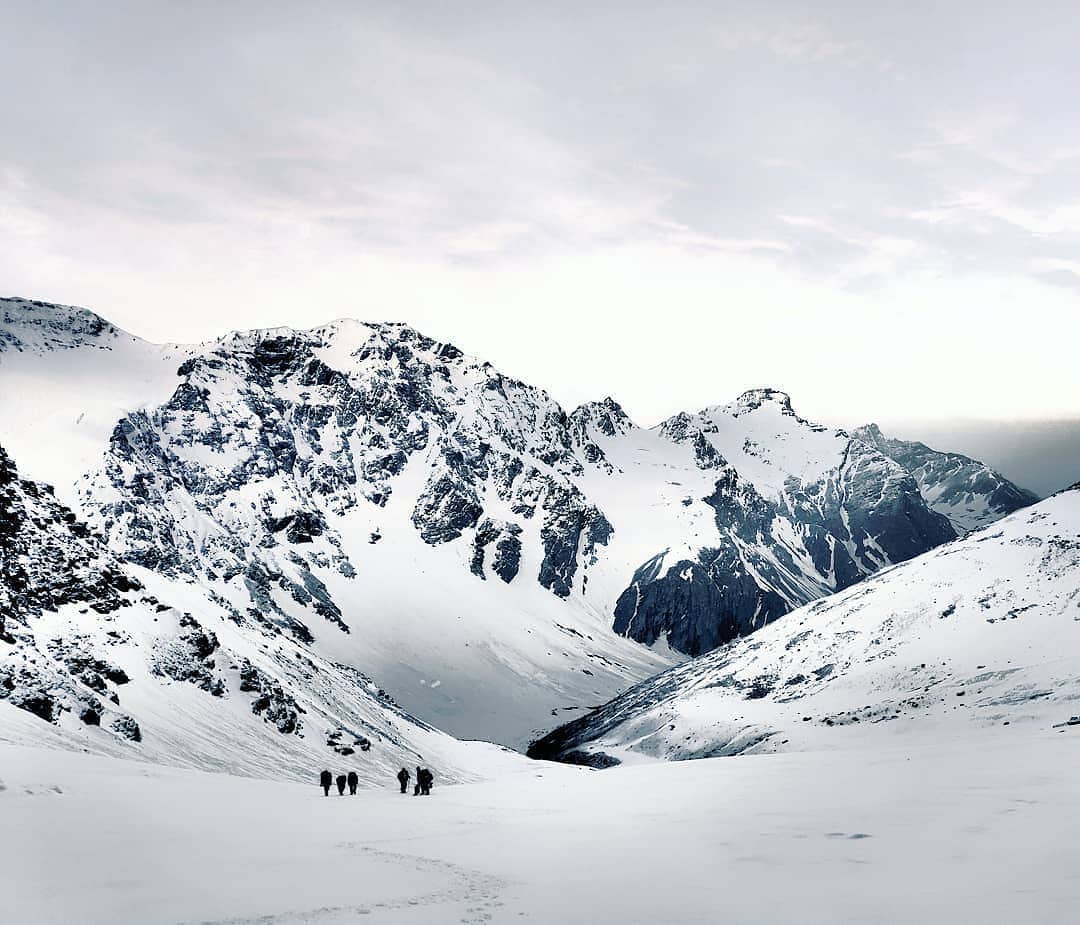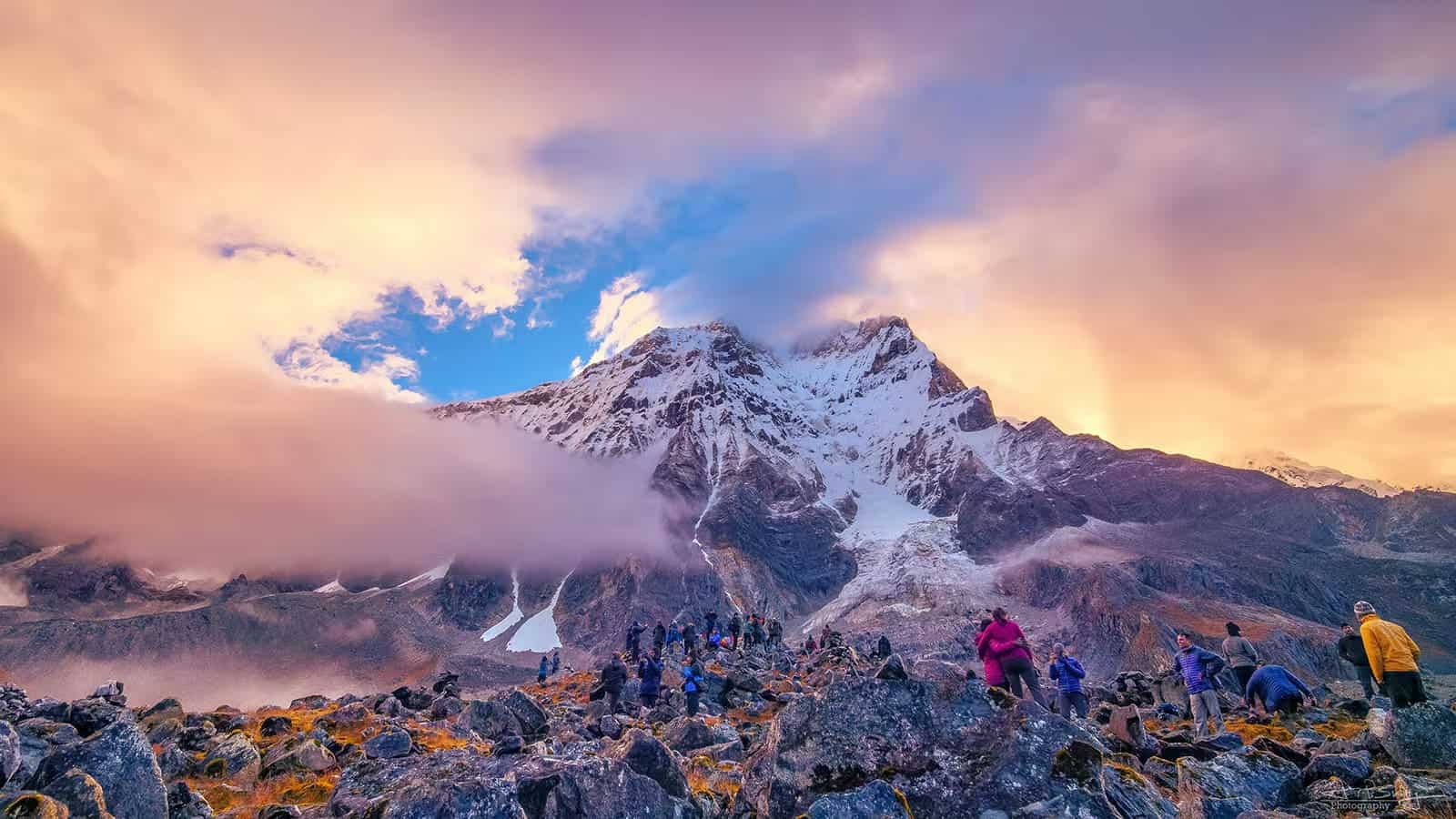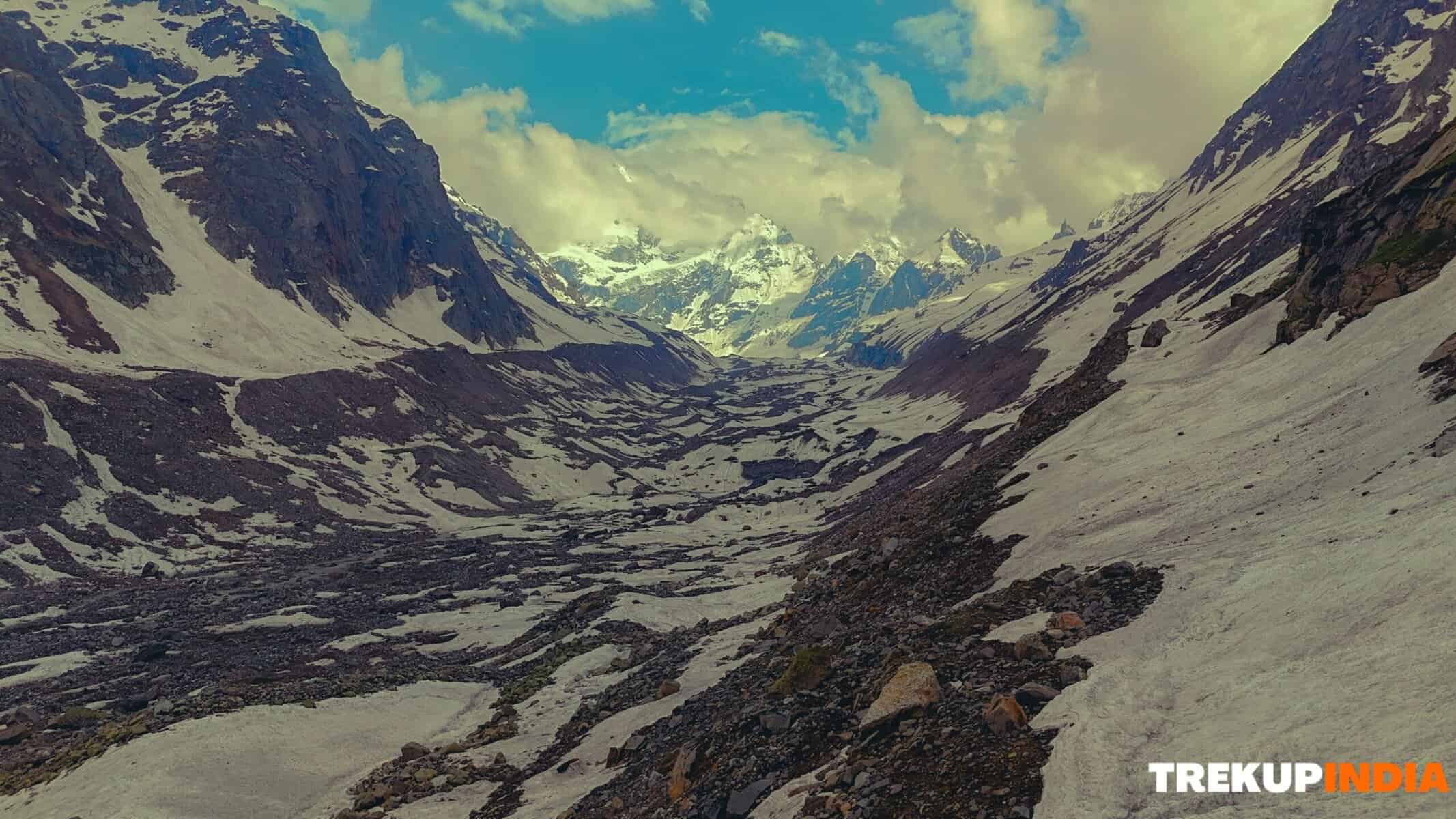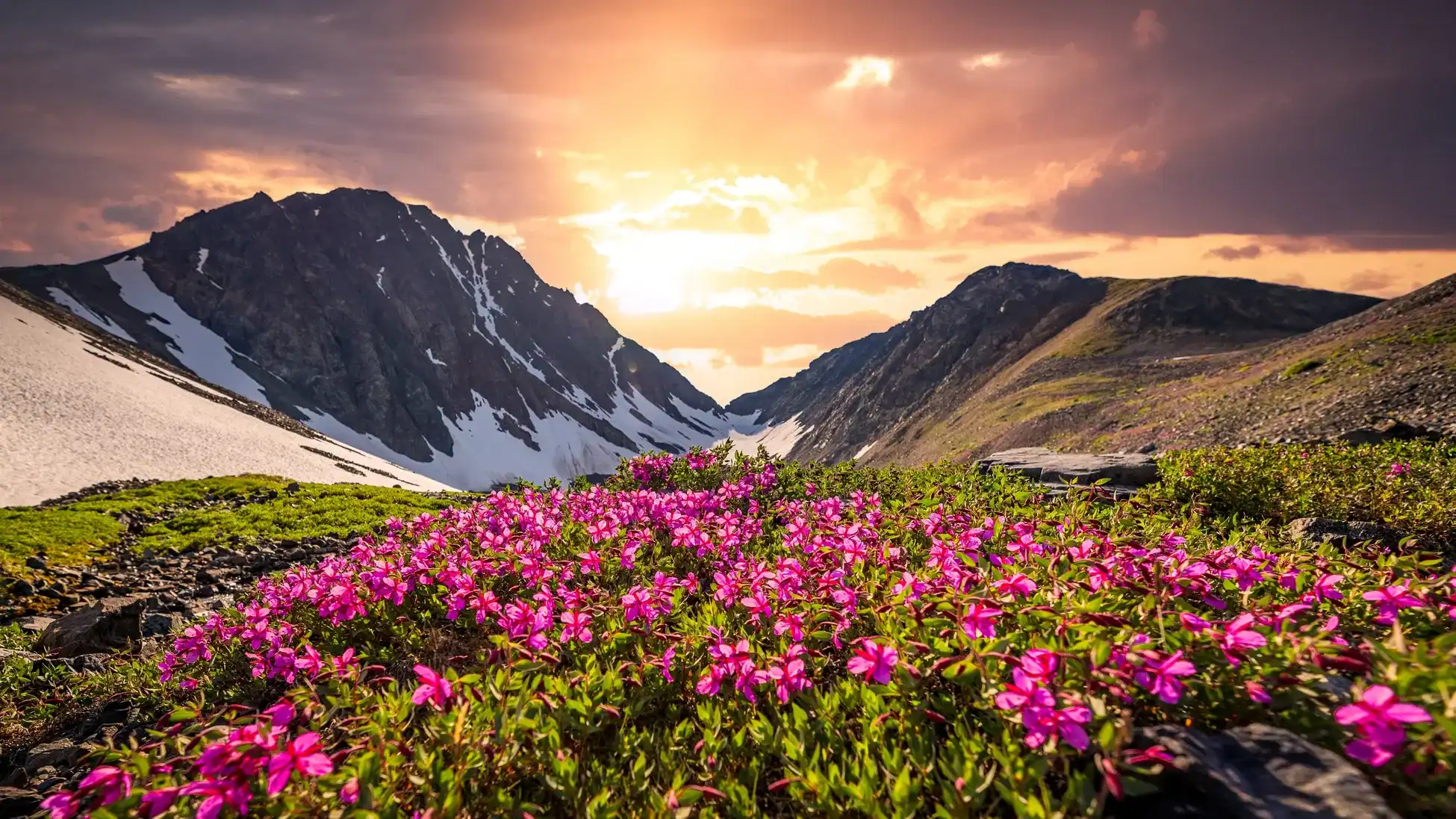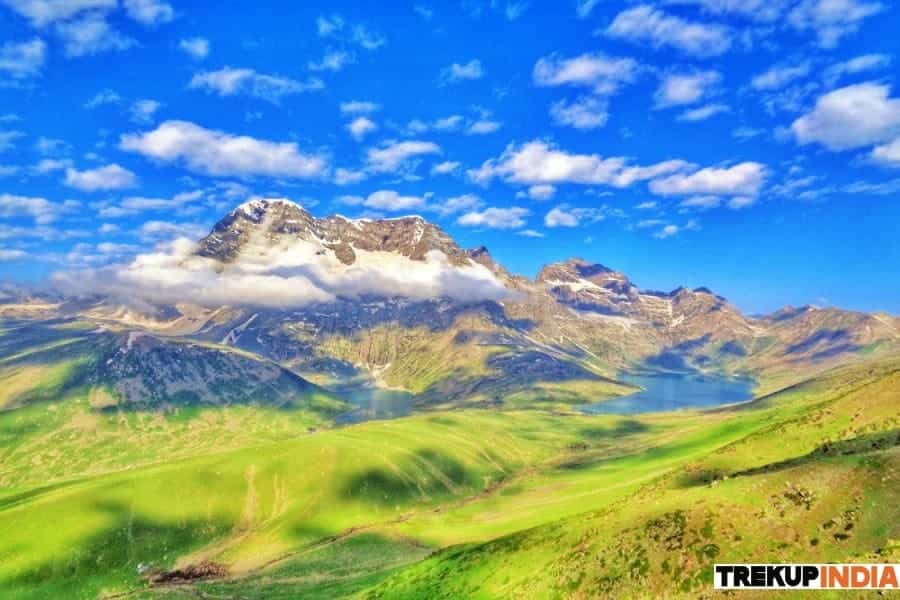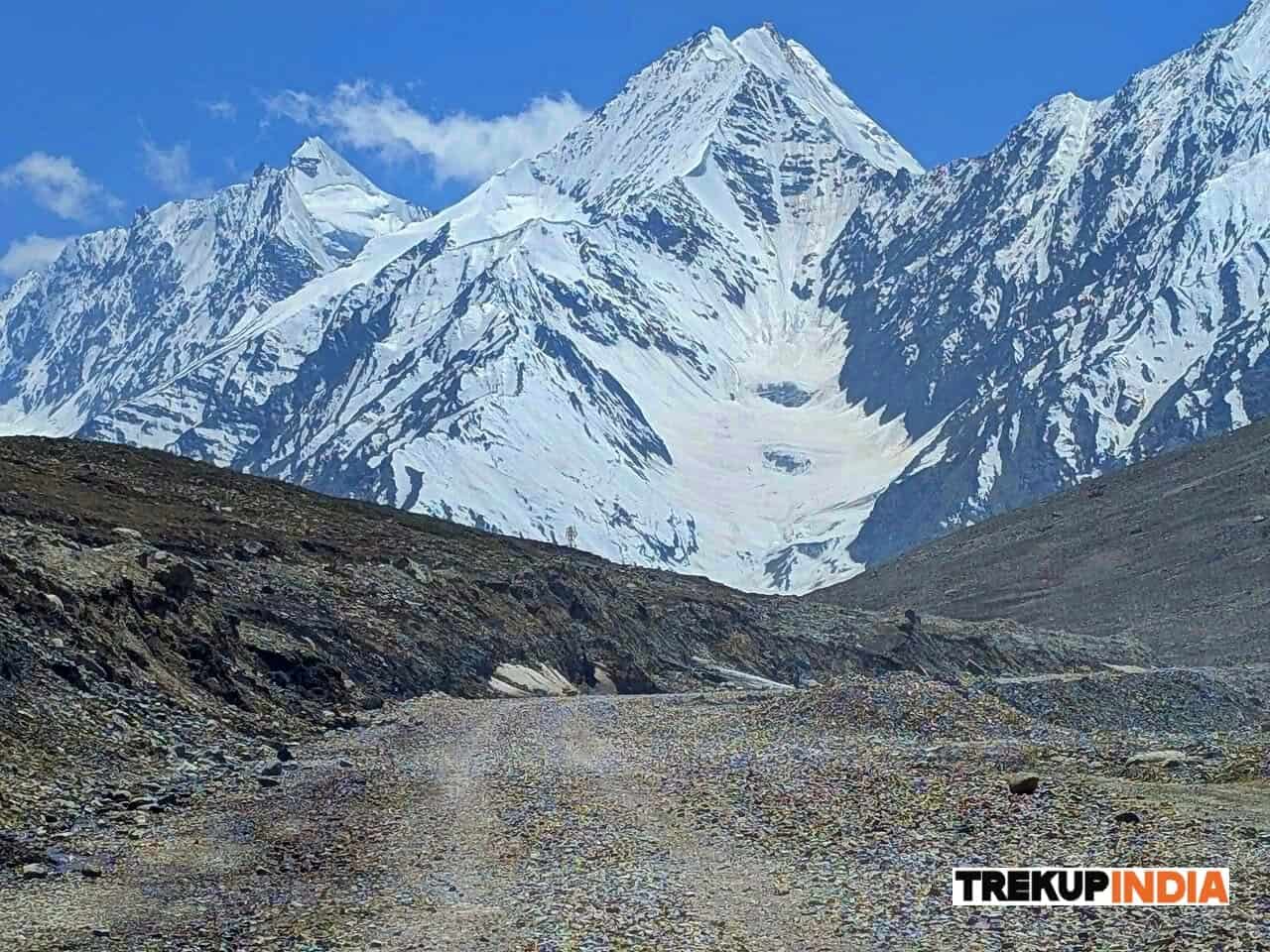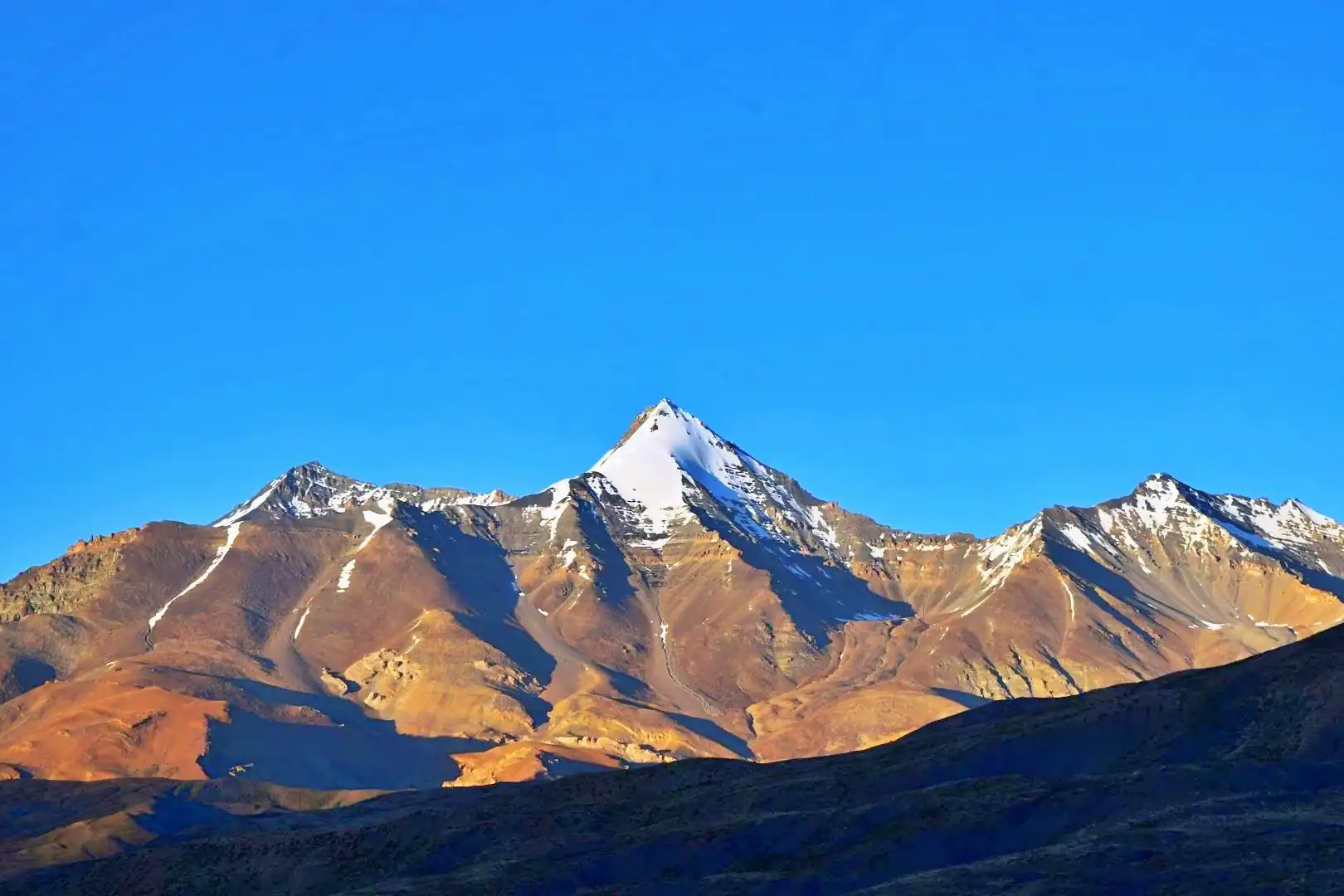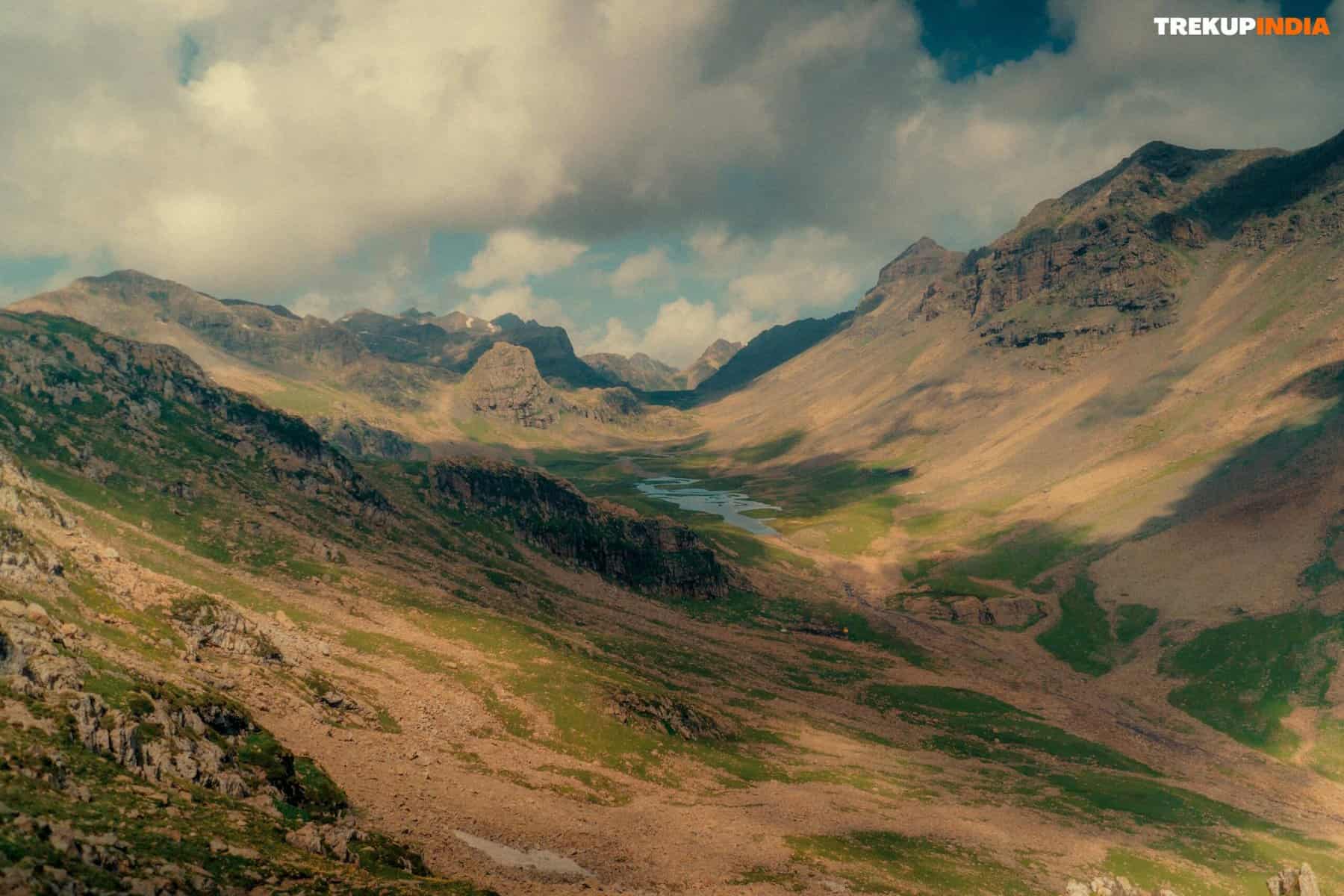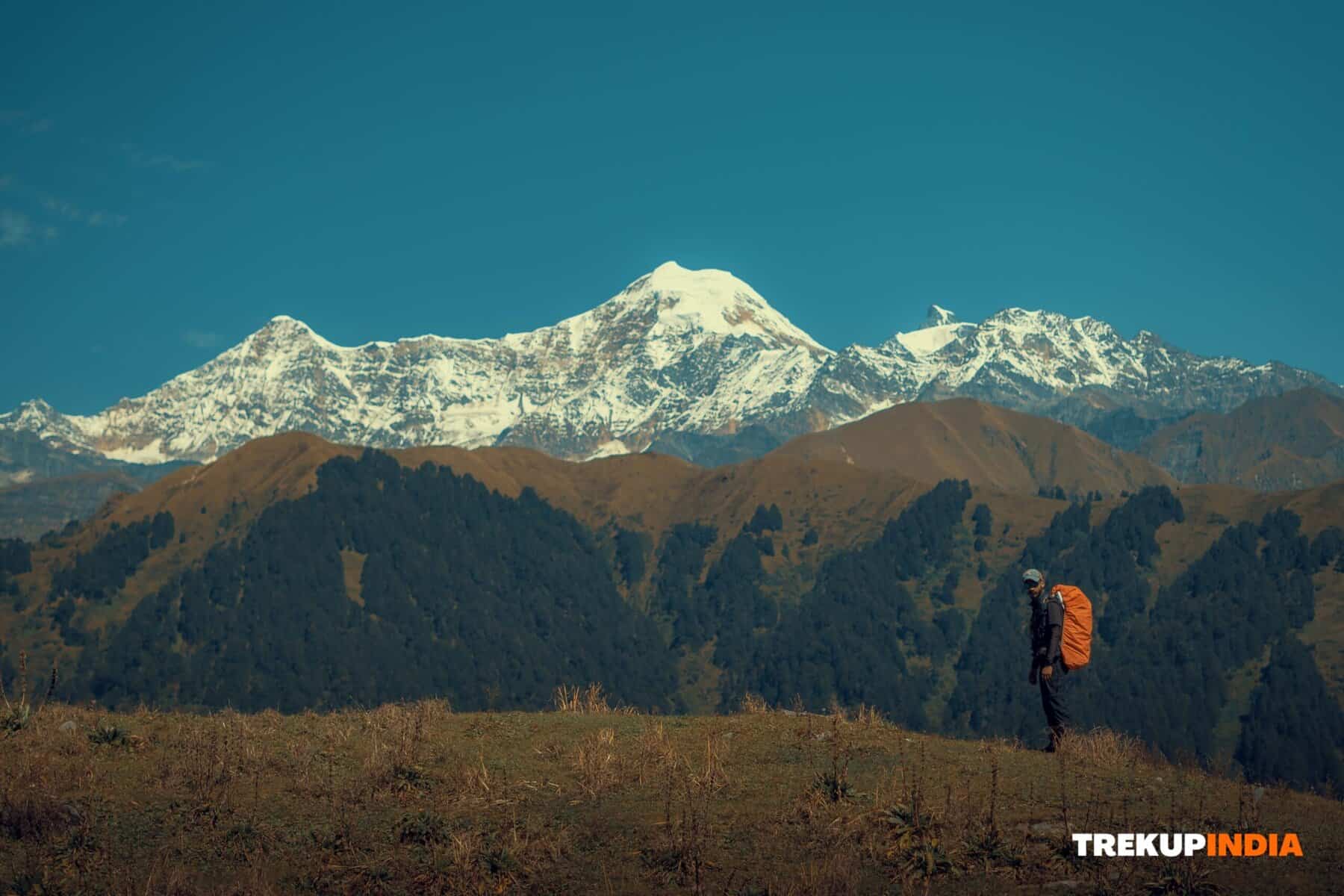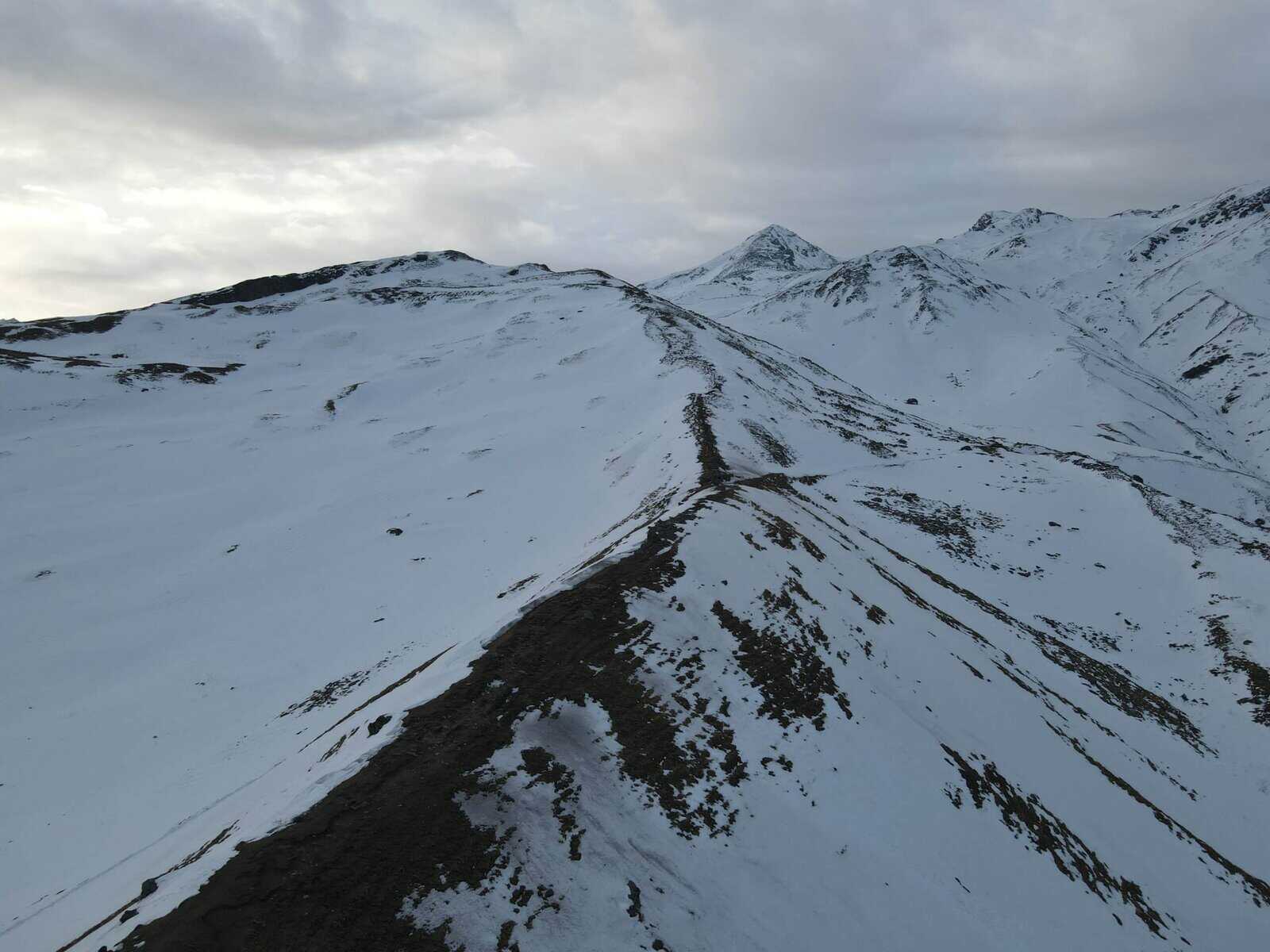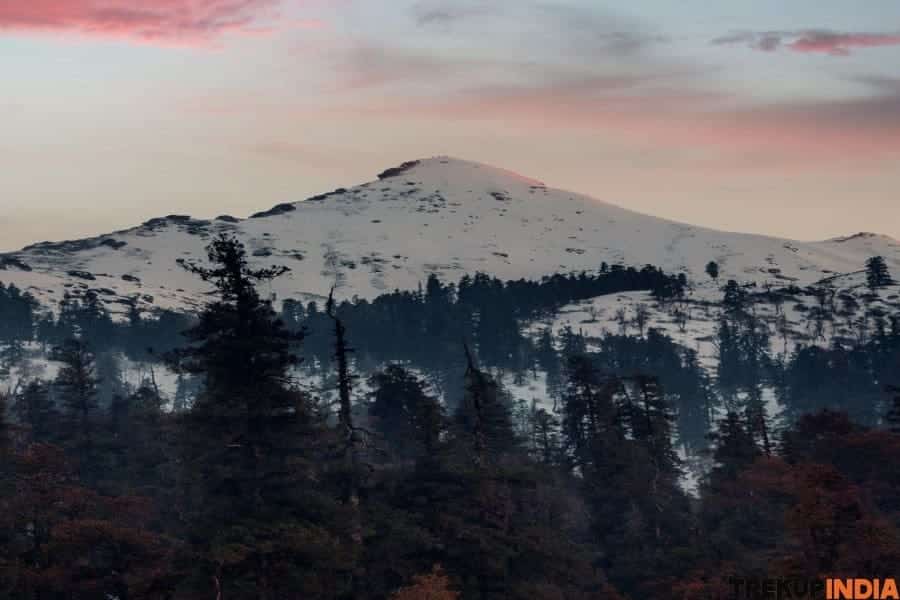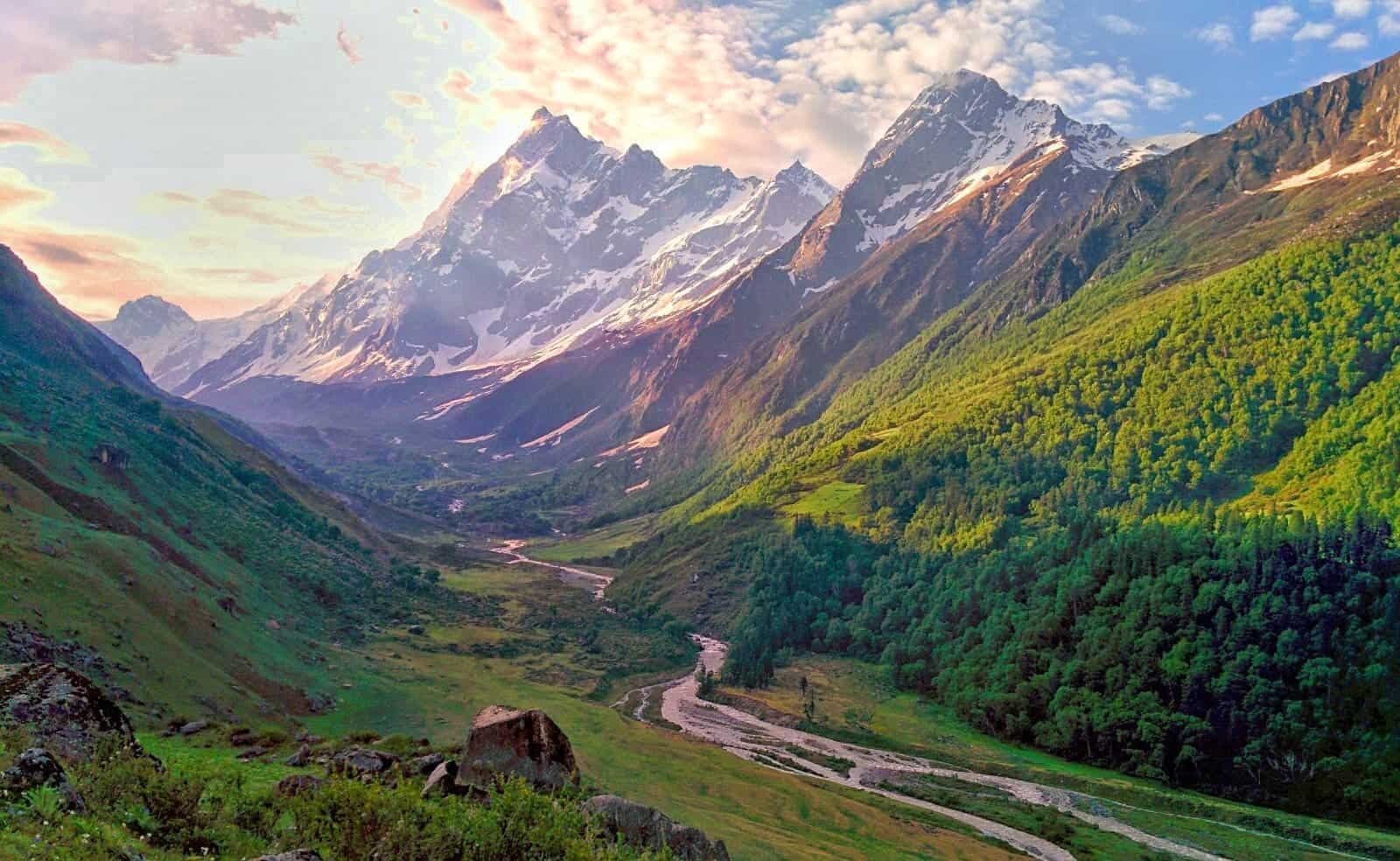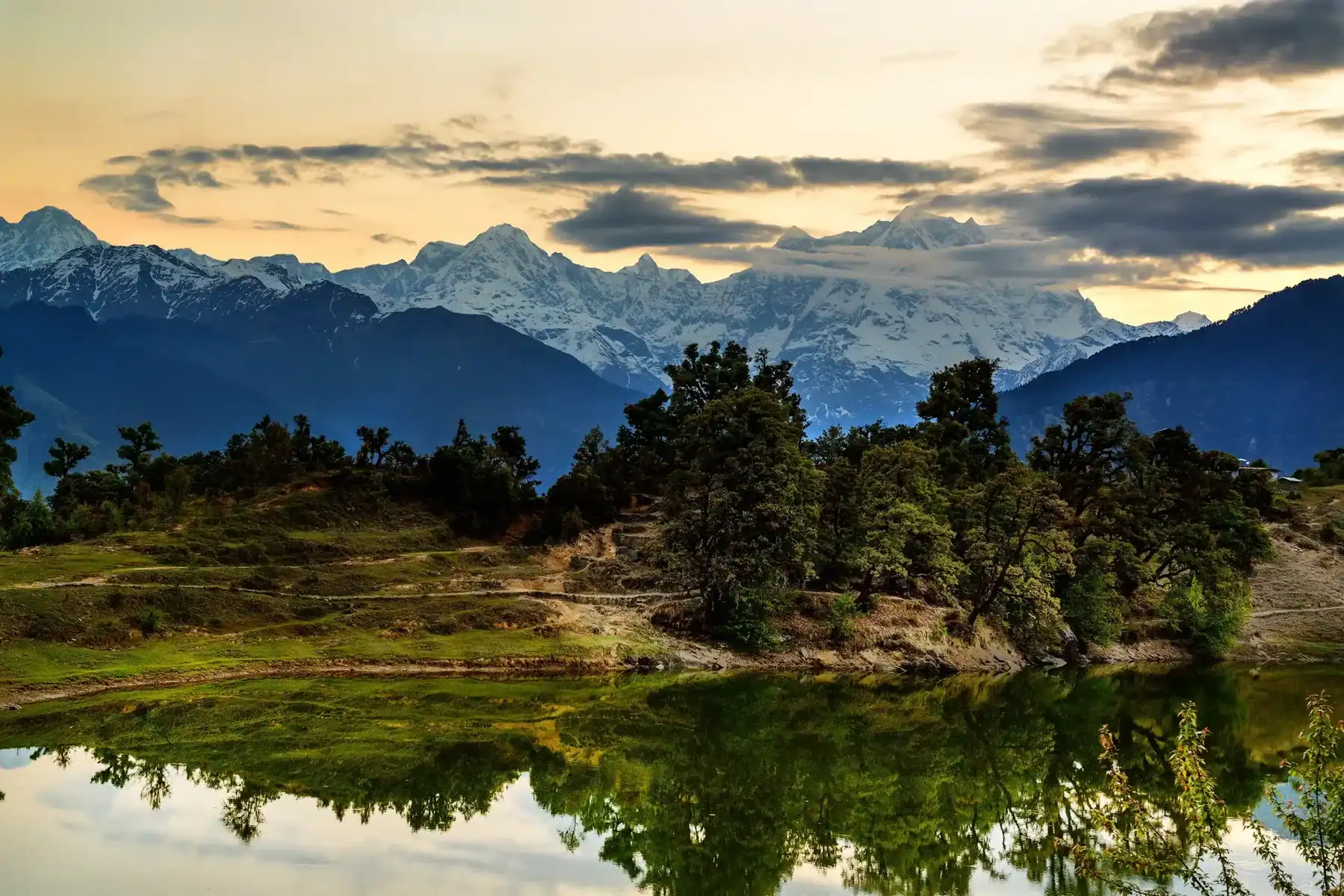How Difficult Is Kashmir Great Lakes Trek?
Maximum Altitude: ~13,800 ft
Trek Duration: 7–8 days
The Kashmir Great Lakes Trek is one of the more challenging high altitude treks in India, demanding strong physical and mental stamina from experienced trekkers. Not recommended for novice or casual walkers, this trek is designed for advanced to intermediate trekkers looking to push themselves while taking advantage of some of India’s breathtaking alpine landscapes.
Ascending steeply along with unpredictable weather and trekking from altitudes of 9,000 to 13,000 ft over seven beautiful alpine lakes presents you with the challenge and reward of trekking at altitudes ranging 13750 feet over remote terrain, your fitness, gear selection and mental state can have a direct effect on both enjoyment and safety.
We will discuss the specific challenges along your route, including the types of terrain you will face, the mental and physical demands required of trekking the Himalayan region, as well as any necessary safety precautions before setting out on this rewarding Himalayan adventure.
Understanding the Route and Terrain for Trekking to Kashmir Great Lakes
Locate and Access Points to Trekking Region
The Kashmir Great Lakes Trek travels through the stunning mountain landscapes of Kashmir, providing travelers with some of the most spectacular mountain vistas found anywhere on the Indian subcontinent. Trekkers traverse through an area whose landscape has long been used for geologic research and mountaineering expeditions.
Trekking provides access to remote and unexplored regions of Kashmir, which have remained virtually untouched for hundreds of years. The trekking trek passes various high altitude lakes as it traverses intricate mountain passes and valleys which have served as natural passageways for surveyors and explorers throughout history.
Route and Terrain Challenges
The Kashmir Great Lakes Trek presents trekkers with numerous challenges that test both their endurance and technical abilities. Elevation changes require trekkers to traverse at different altitudes that could significantly impact physical performance as well as any necessary acclimatization needs.
Trekkers encounter meadows, mesas, rock outcrops, glacial moraines and rocky outcrops as well as steep ascents requiring physical and mental toughness. Additionally, as their journey moves up higher altitudes the terrain becomes increasingly challenging; each section poses its own set of unique challenges which must be met using specific skills and strategies for preparation.
Key Mountains and Peaks to Consider in Harmukh at 16,000+ Feet
Harmukh Mountain, standing majestically at over 16,000 feet and surrounding the landscape like an impressive beacon, stands as one of the most striking geographical features on any trek to this area. As its presence alone provides both inspiration and challenge to any trekker attempting this trip.
Harmukh Mountain creates captivating microclimates and weather patterns, directly impacting conditions for trekking. Due to its height and position, Harmukh serves as an invaluable guide in terms of navigation and route planning during treks.
Connection Between K2 Discovery in 1856 Survey
Harmukh holds immense historical and recreational significance for trekking. In 1856, Thomas Montgomerie’s Great Trigonometric Survey expedition to Harmukh led by Thomas Montgomerie first discovered K2, forever linking mountaineering regions and trekking histories together.
K2 was given its distinctive moniker due to a special circumstance within the region. While most mountains had traditional local names, K2 didn’t forcing a team of surveyors to assign temporary names for it during a temporary survey. Trekkers who experience trekking in this area will gain a deeper understanding by traversing terrains where one of the world’s most treacherous mountain ranges was first explored and documented by early mountain explorers.
Your Health Will Facing Physical and Mental Challenges
Now that we understand the route and its unique terrain, understanding the mental and physical demands of trekking the Kashmir Great Lakes Trek is essential for its preparation. The challenging journey tests your physical endurance as well as mental resilience in multiple dimensions.
Extreme Weather and Harsh Mountain Environments
Kashmir’s mountain climate provides extreme and unpredictable weather patterns that can change within minutes, even for experienced spiritual seekers. According to historical accounts even experienced spiritual seekers have encountered extreme difficulty when traveling under these circumstances; one mythological tale recounts a 12 year journey for one saint up Harmukh Mountain alone! These tales demonstrate that weather can become life threatening if one fails to prepare adequately and respect mountain environments.
Temperature fluctuations can be dramatic, with scorching midday sun turning to cold evenings. Snow, rain, and sudden storms are regular occurrences that turn manageable treks into treacherous ones; and combined with extremes in precipitation, wind speed, and temperature extremes, create an environment which demands constant attention and flexibility from its inhabitants.
High Altitude Requires At Least 14,000 Feet of Elevation
Altitude challenges are among the most significant difficulties on any trek. Pilgrims participating in “Yatras” to honour Shiva at Harmukh Mountain can ascend as high as 14,000 feet, underscoring the religious significance that motivates them to these lofty heights, despite the potential risks involved.
At these elevations, oxygen levels typically decline dramatically reaching approximately 60% of sea level levels compromising every bodily function from circulation and breathing to cognitive abilities and sleeping patterns. Altitude sickness is a serious complication ranging from nausea and headaches to potentially life threatening issues such as cerebral or pulmonary swelling.
Physical exertion combined with altitude exposure can be taxing even for experienced trekkers, and could become challenging at high altitudes. Your body requires time to adapt, so rushing things could result in serious health concerns for trekkers.
Endurance Requirements for Multi Day Trekking
Long distance trekking requires consistent physical effort across consecutive days while carrying essential equipment and supplies, building on each previous day’s exhaustion to create more strain on joints, muscles and cardiovascular system. Mental toughness must also be considered a vital asset when pushing through discomfort, uncertainty and psychological strain of spending long periods in difficult wilderness conditions.
Endurance requires more than walking abilities; it necessitates sleep deprivation, diet modifications and mental toughness that can keep one safe throughout their journey.
Journey With Cultural and Spiritual Significance on Your Travels
Local Mythology and Shiva’s Legendary Residence
The Kashmir Great Lakes Trek holds significant spiritual meaning due to its connection to ancient Hindu mythology. Local legend holds that Lord Shiva can be found at the top of Harmukh Mountain over 16,000 feet in elevation! With this belief comes an experience of sacred landscape that leads you closer to God Himself!
Spiritual significance has grown through legends passed down from generation to generation. One powerful tale depicts a pilgrim’s extraordinary 12 year quest to climb Harmukh and see Shiva; eventually reaching Nirvana and disappearing into God’s realm. This tale illustrates both the transformative power of pilgrimages and their spiritual value for trekkers today, inspiring them to tread lightly as they traverse this sacred land.
Annual Pilgrimage Routes and Religious Practices in Southeast Asia
Spirituality of this region can be seen in its ongoing religious worship rituals that continue into modern day society. Harmukh Day marks an annual “Yatra”, with devotees ascending 14,000 feet on an ascent that honors Shiva as their patron god of worship. This pilgrimage showcases an ongoing spiritual tradition that connects adventurers of today with ancient practices of prayer and spiritual pursuit.
Pilgrimage routes highlight the balance between physical effort and spiritual fervor when devotees undertake strenuous climbs to adhere to their faith. Modern trekkers are following paths venerated by millions of pilgrims over many decades.
Historical Expeditions and Their Importance to Survey Research
Harmukh holds a great deal of significance beyond spirituality; its significance extends into scientific exploration and historical discovery as well. Thomas Montgomerie led his first known expedition into Harmukh as part of the Great Trigonometric Survey expedition in 1856, which marked a critical moment in exploring this Himalayan region. K2 was discovered during this trip proving Kashmir Great Lakes region played an instrumental role in some of history’s most outstanding mountaineering achievements and discoveries.
Safety Considerations and Prep Requirements for Fly Fishing Activities
After examining the challenges and significance of the Kashmir Great Lakes Trek, it’s essential to discuss safety precautions that can make the difference between a safe adventure and one fraught with potential perils. To stay safe while trekking at such altitude, careful planning and training must take place before embarking upon this breathtakingly beautiful yet perilous mountain environment.
Essential Gear for Harsh Mountain Conditions
As Kashmir’s weather patterns can be highly unpredictable, it requires extensive planning of clothing. Your layers must consist of moisture wicking layers of moisture management combined with insulating mid layers and waterproof outer shells; temperatures can drop drastically in the evening even in summer!
Essential items for four season camping include a four season sleeping bag suitable for subzero temperatures. This sturdy tent can withstand severe winds, and trekking boots with ankle support are recommended, as navigation devices (GPS devices, topographic maps, and compasses) are essential in case the weather can rapidly shift and impact visibility.
First aid kits and tablets for water purification, headlamps with batteries as an emergency safety backup, rain gear during monsoon conditions and sun protection such as sunglasses or sunscreen may help shield from intense UV radiation at higher altitudes.
Physical Fitness and Training Recommendations
Past trekkers have often underestimated the physical demands of this challenging route. The Kashmir Great Lakes Trek requires exceptional fitness and endurance from trekkers, particularly in the legs and core muscles. Training should start 8 – 12 weeks before departure, focusing on building endurance through regular running, trekking, or stair climbing exercises to build stamina for endurance gains.
Strength training exercises that target your hamstrings, quadriceps, glutes, and calves are also important when trekking. Train with a weighted backpack during treks to simulate conditions for treks. Acclimatizing to altitude is crucial when trekking; so if possible take time at lower elevations before starting your trek.
Mental preparation for any participant in a trek is also of utmost importance; these treks test both physical and psychological endurance by forcing participants to endure numerous conditions that cause physical discomfort while being removed from modern amenities.
Weather Pattern Awareness and Seasonal Planning
Knowing the weather patterns of Kashmir is essential to planning a safe trek. The optimal timeframe for trekking is July September when most high altitude passes are accessible and weather is relatively stable.
Post monsoon and pre monsoon seasons bring their own set of challenges. Early season treks may encounter snow that remains on high passes while late season may bring sudden weather changes that lead to snowfall. Furthermore, afternoon thunderstorms make early morning hours essential when traversing exposed ridges or passes safely.
Temperature fluctuations can be dramatic; daytime temperatures often reach comfortable levels while nighttime lows drop below freezing. Wind patterns tend to become more intense at higher elevations and create dangerous wind chills which could result in hypothermia if appropriate precautions aren’t taken.
Conclusion
The Kashmir Great Lakes Trek presents an arduous yet rewarding challenge that puts physical endurance and mental toughness to the test. Traveling across various terrains and high altitude conditions while understanding sacred mountains such as Harmukh where pilgrims have traveled for centuries to worship Lord Shiva at 14,000 feet are just part of its charm; moreover it requires careful preparation in terms of safety, appropriate precautions, and respecting its sacred heritage that has attracted pilgrims and adventurers for millennia alike.
Though its difficulty might appear daunting, the Kashmir Great Lakes Trek’s stunning alpine lakes, rich cultural experiences, and personal achievements more than make up for any perceived difficulty. To fully experience this trek, prepare both mentally and physically by immersing yourself in local culture. Understanding local practices thoroughly as part of your trek preparation is also highly recommended, if applicable. The journey is more about embarking on an incredible transformational experience in one of nature’s most majestic mountain landscapes!
About Author
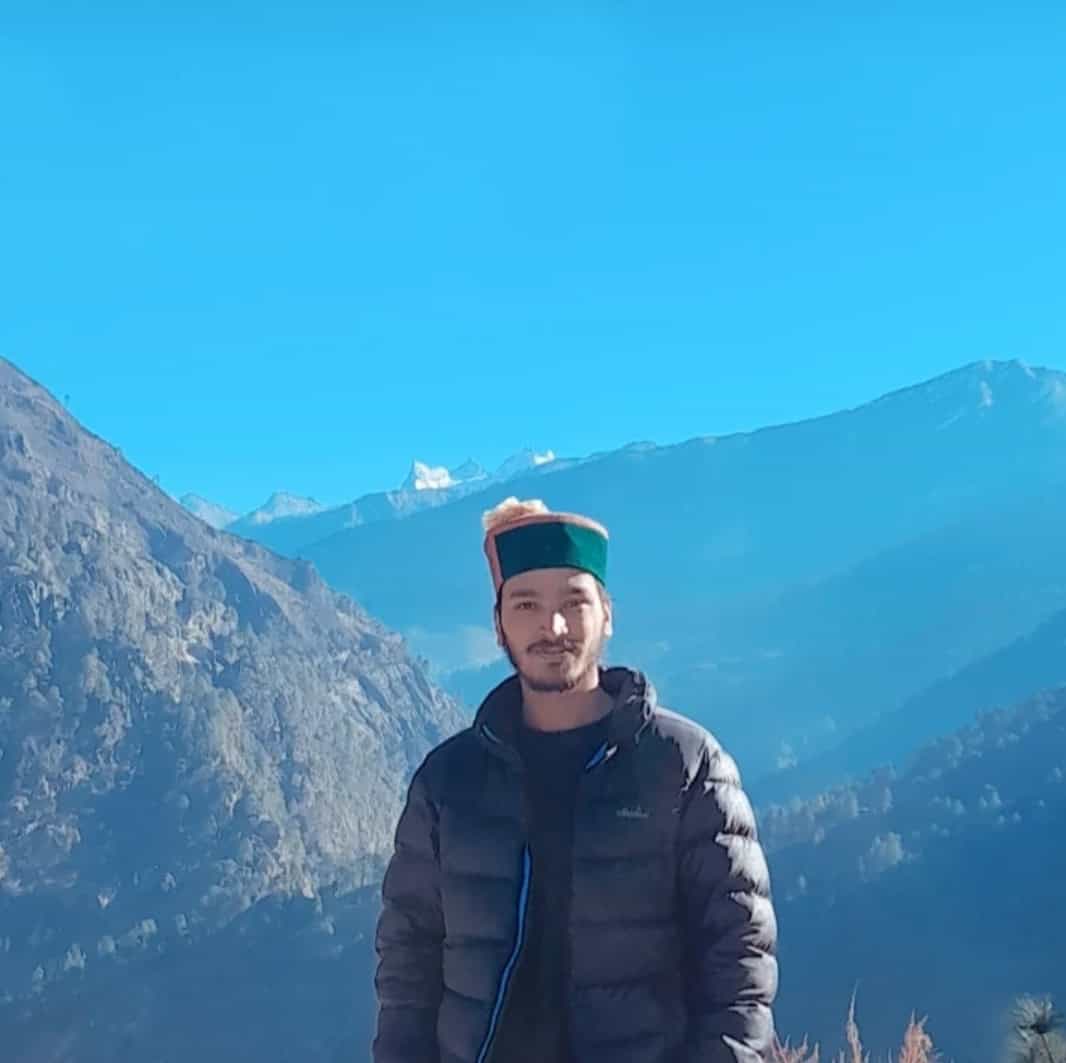
Anoop Rawat (Admin TrekUp India)
Anoop has worked for 5 years as a Trek Leader with TrekUpIndia, leading numerous treks across the diverse and challenging terrains of Uttarakhand and Himachal Pradesh. He holds a degree in Geology with a specialization in Geographic Information Systems (GIS) from UPES Dehradun. During his academic years, he actively applied his classroom knowledge in the field—most notably by contributing to a glacier research project on the Jundar Glacier in the Har Ki Dun Valley, Uttarakhand. Write Anoop at anoop@trekupindia.com
Share this article
Dates For Upcoming Treks
Want To Trek Like Pro?
Basically, watch these videos if you want to trek the same way professional trekkers do and make your skills better. These videos contain useful tips and techniques to further improve your trekking skills itself. These videos actually help both new and experienced trekkers improve their trekking skills. These videos definitely provide useful tips that make your trek better. We are seeing that these videos by Trekup India experts will only help you make your trekking skills better.







Know Everything About Acute Mountain Sickness
Acute Mountain Sickness occurs when people trek to high altitudes above 8,000 feet. This condition itself develops further due to reduced oxygen levels at such heights. Basically, as you go higher up, the air pressure and oxygen levels decrease, which causes the same problem. Acute Mountain Sickness surely causes headache, nausea, vomiting, and dizziness in affected persons. Moreover, peoples also experience difficulty in sleeping during this condition. To avoid mountain sickness, you should actually trek up slowly to higher altitudes. To learn further about this condition itself, watch the videos by Trekup India.
